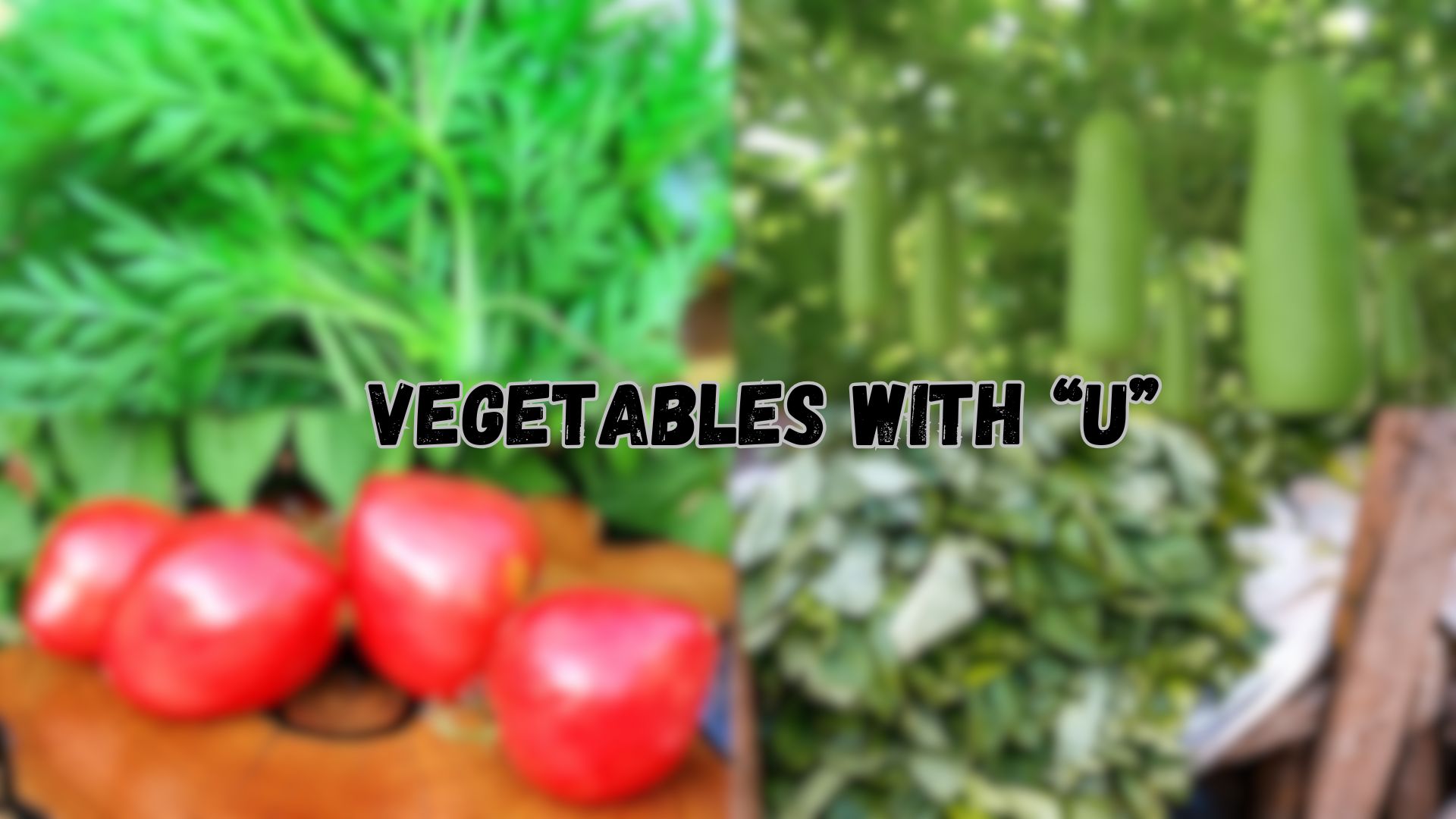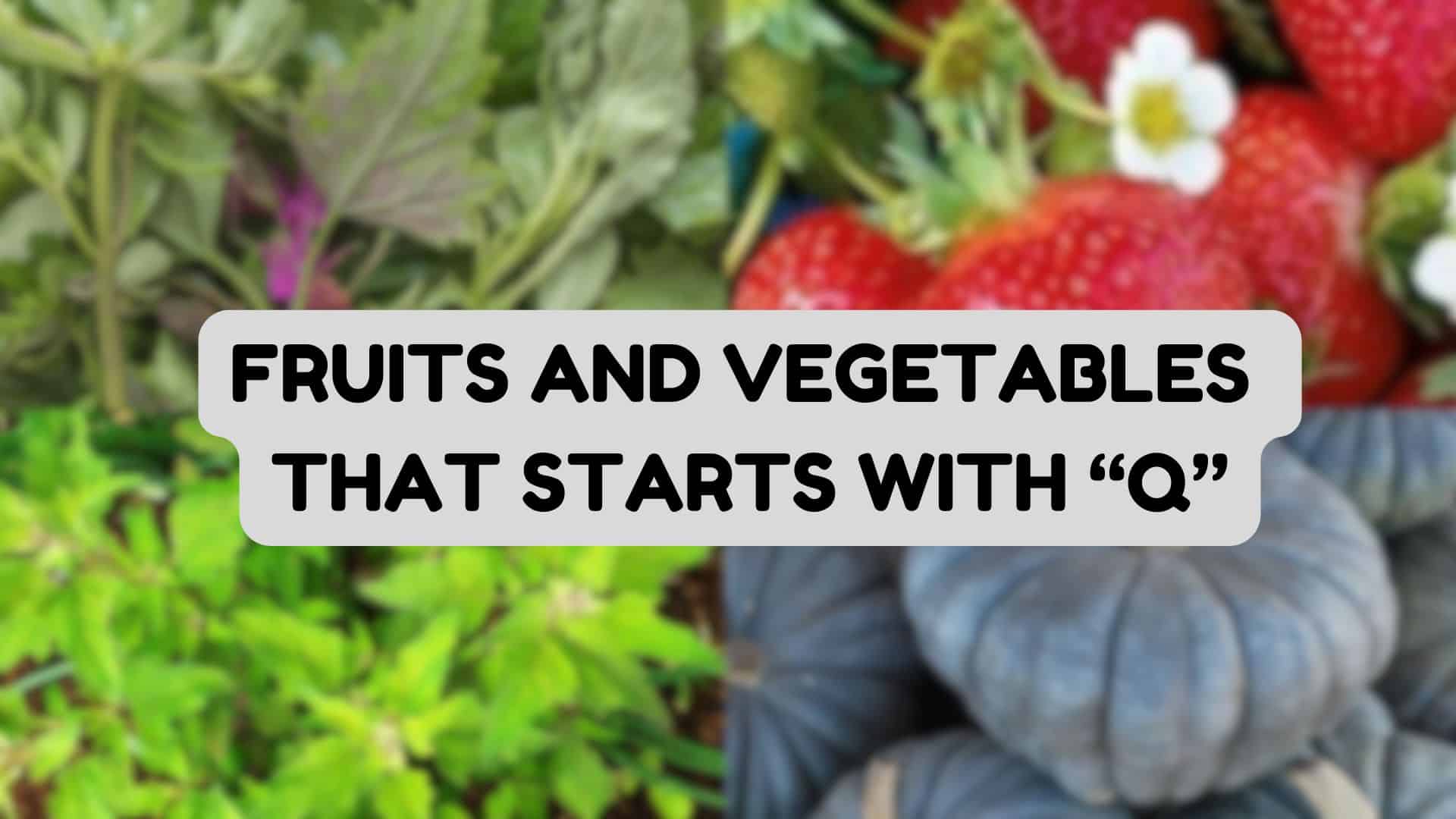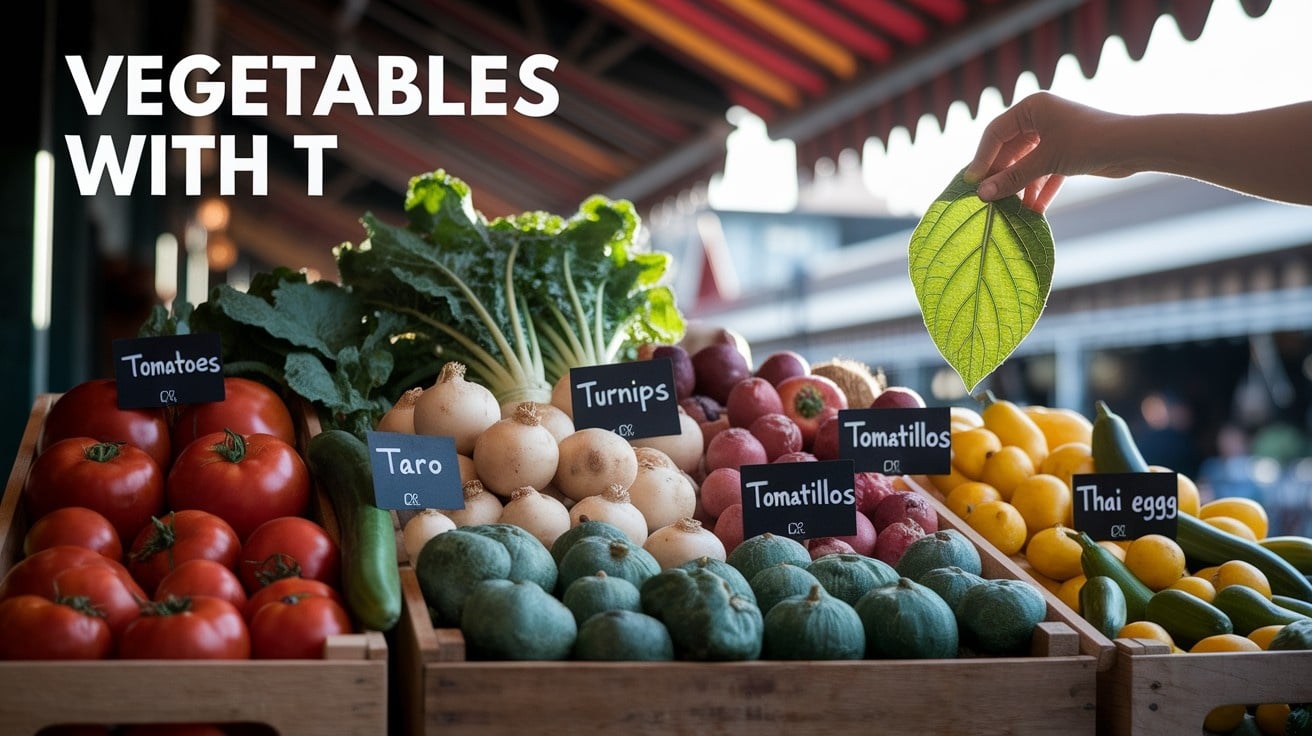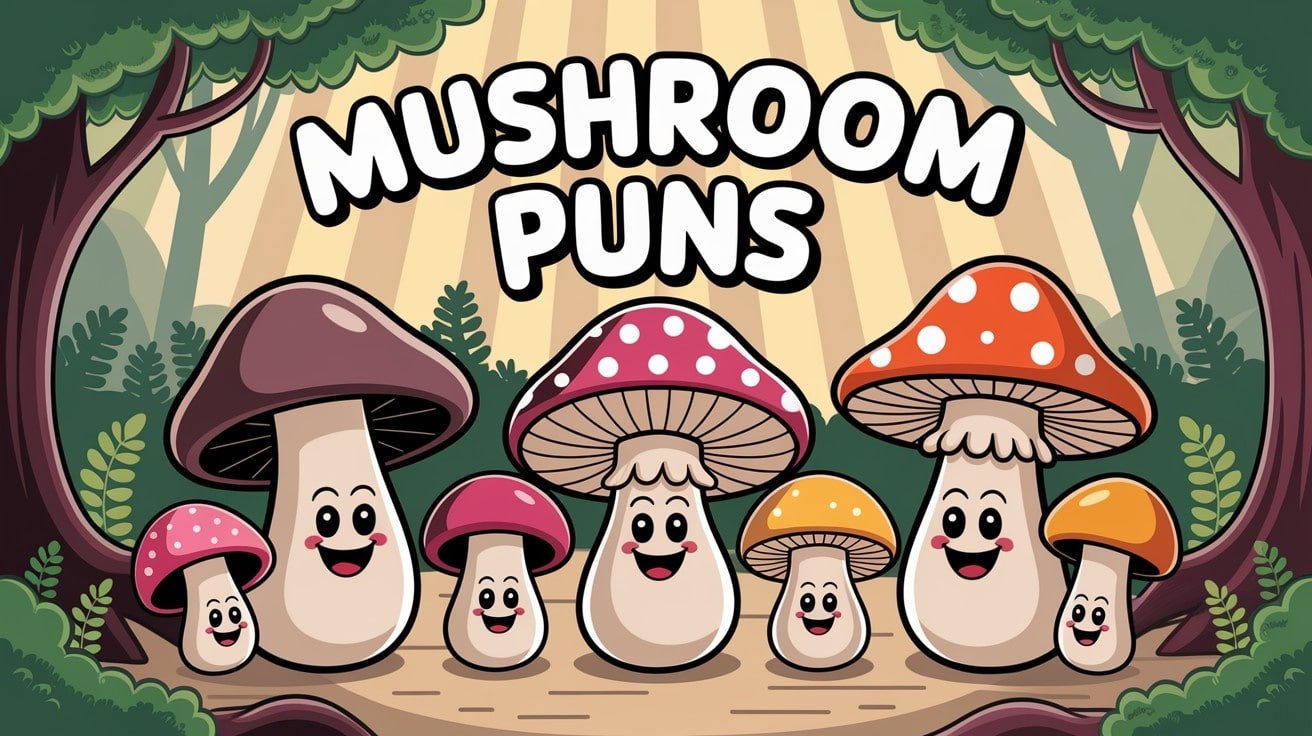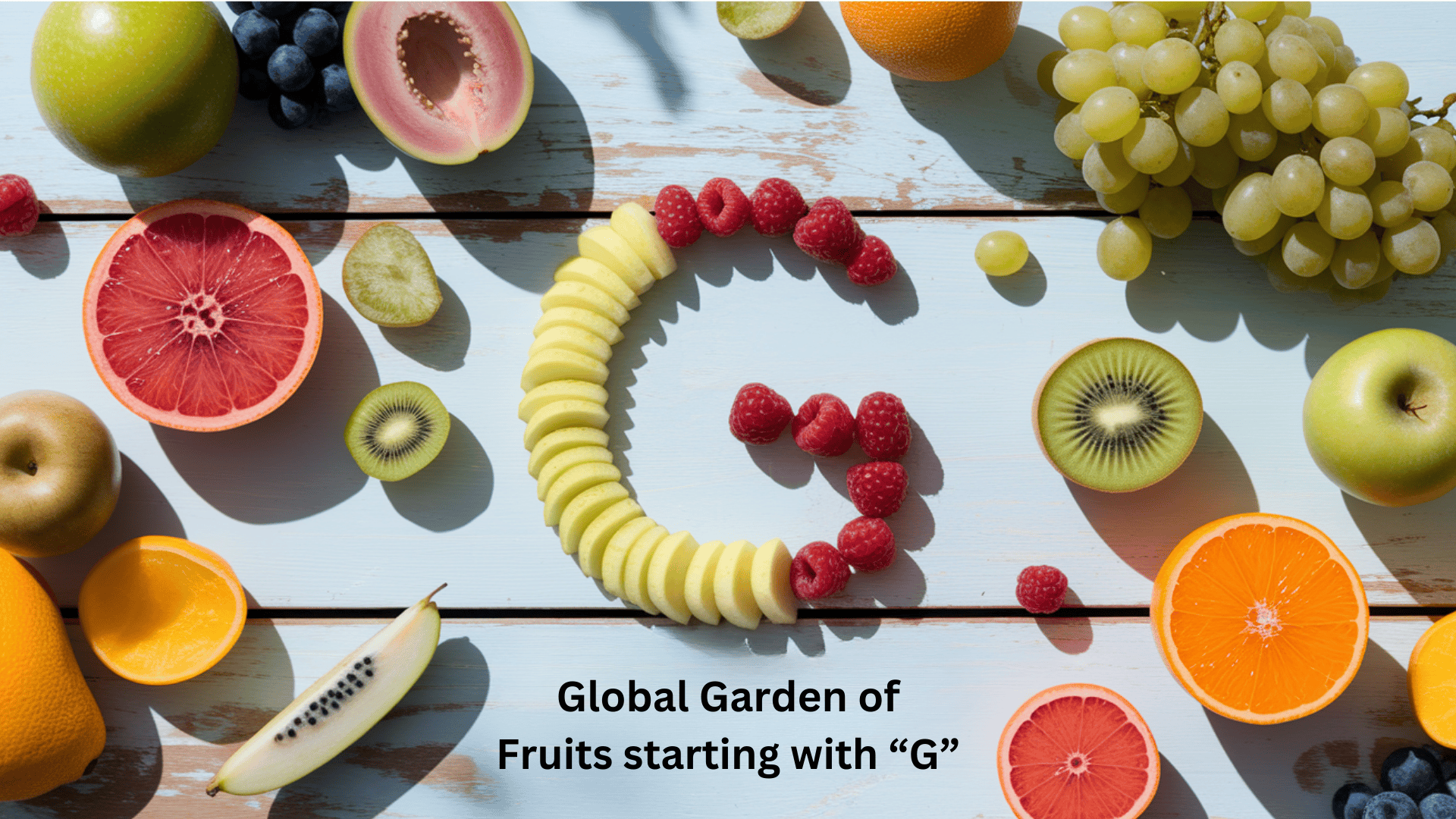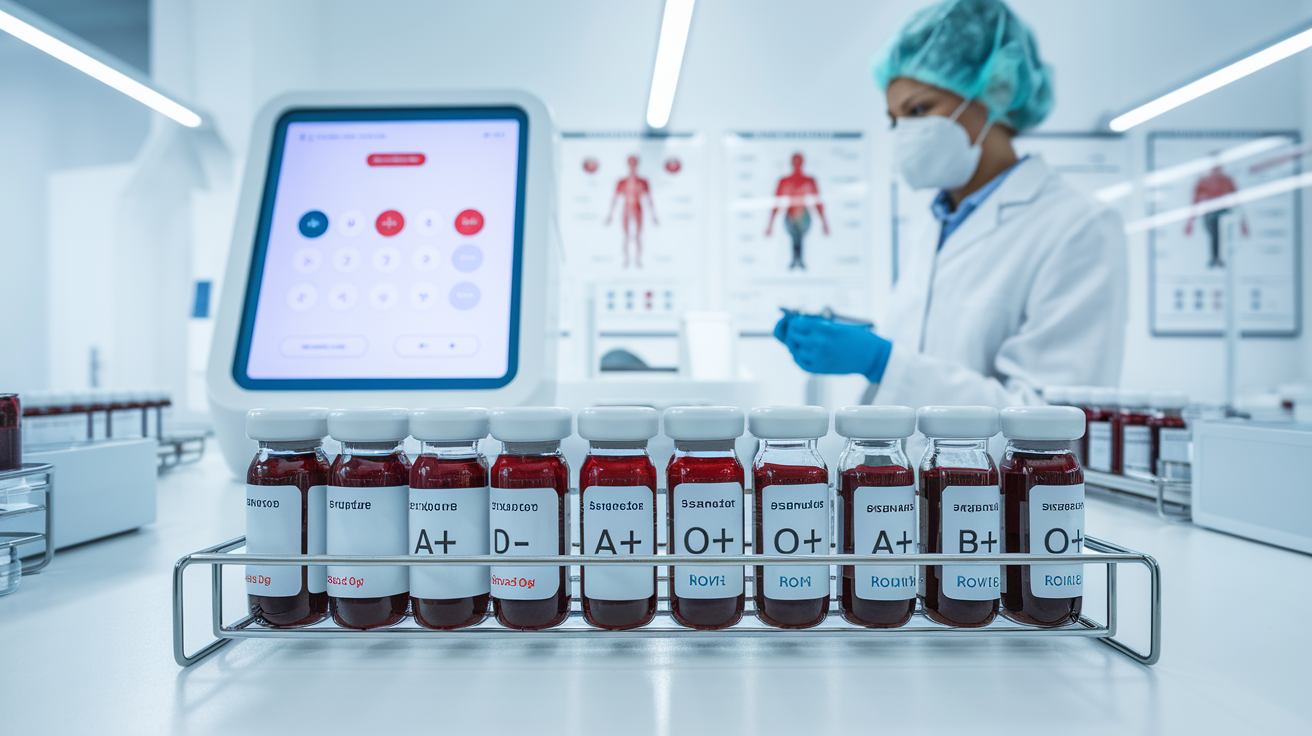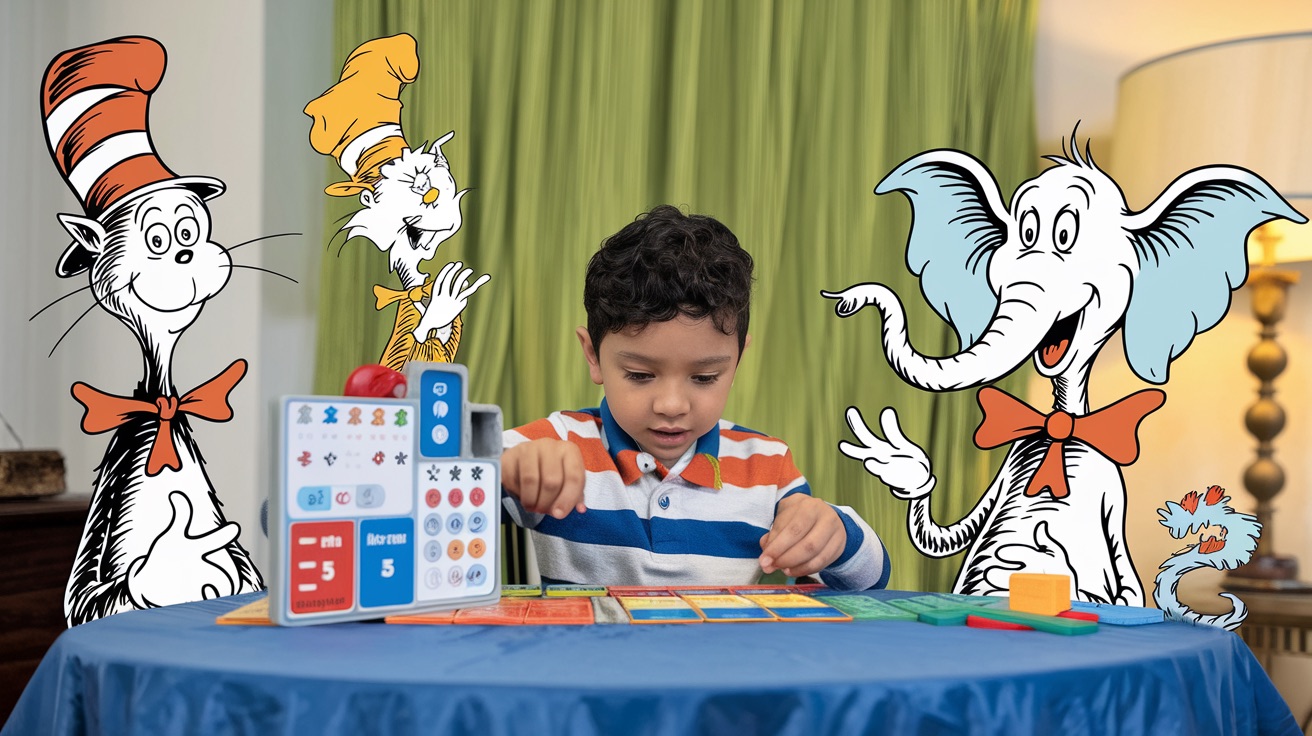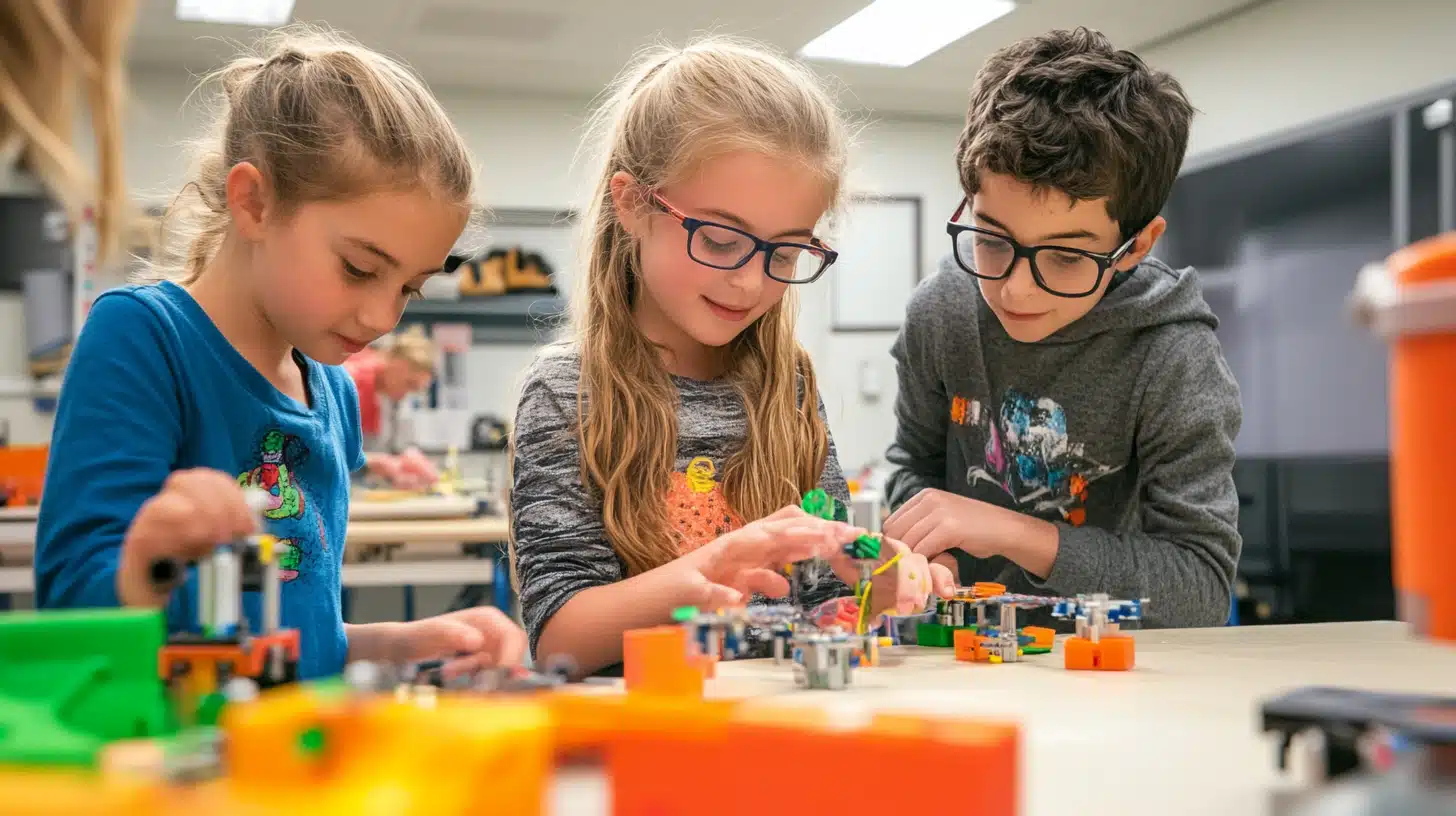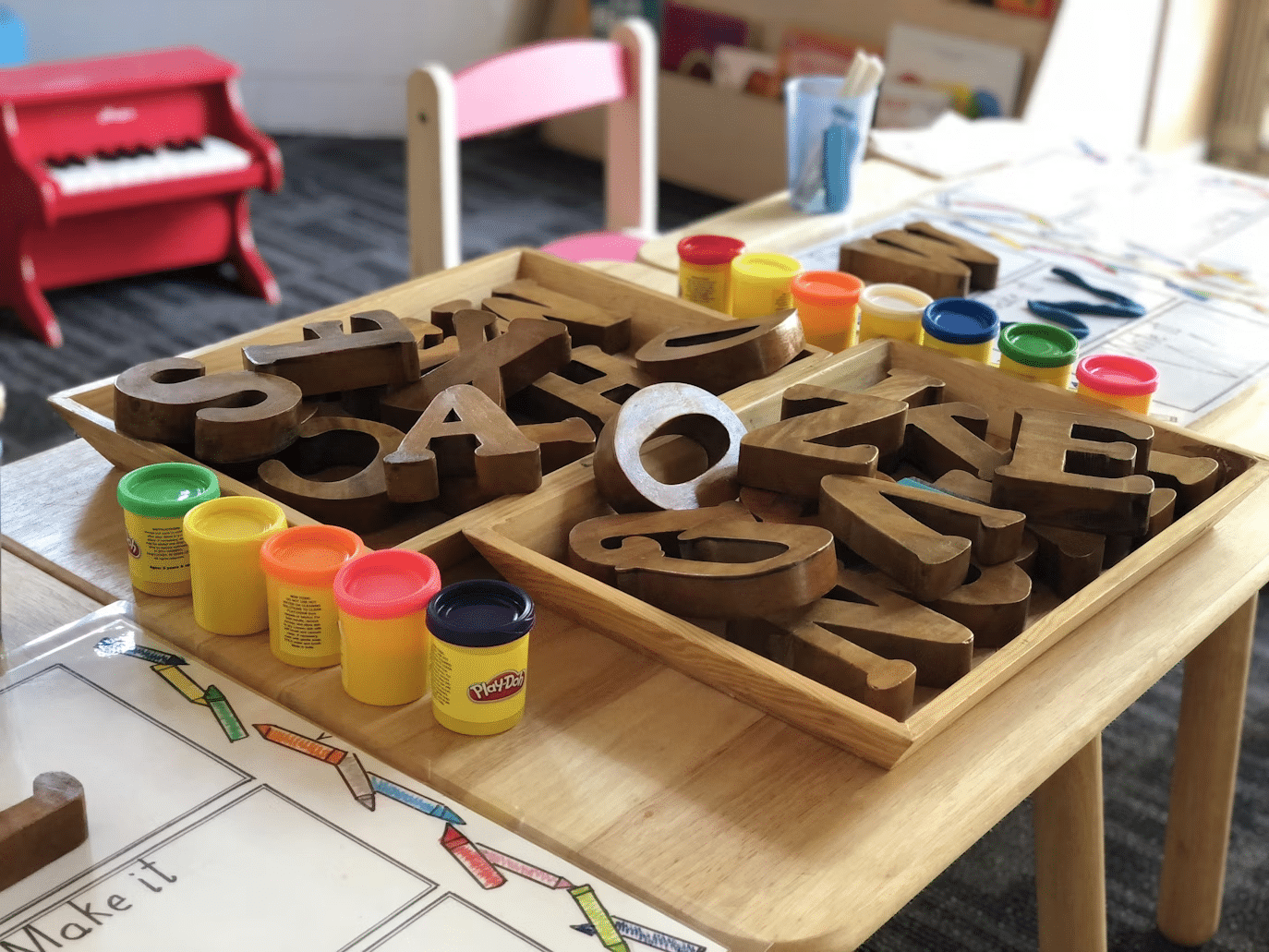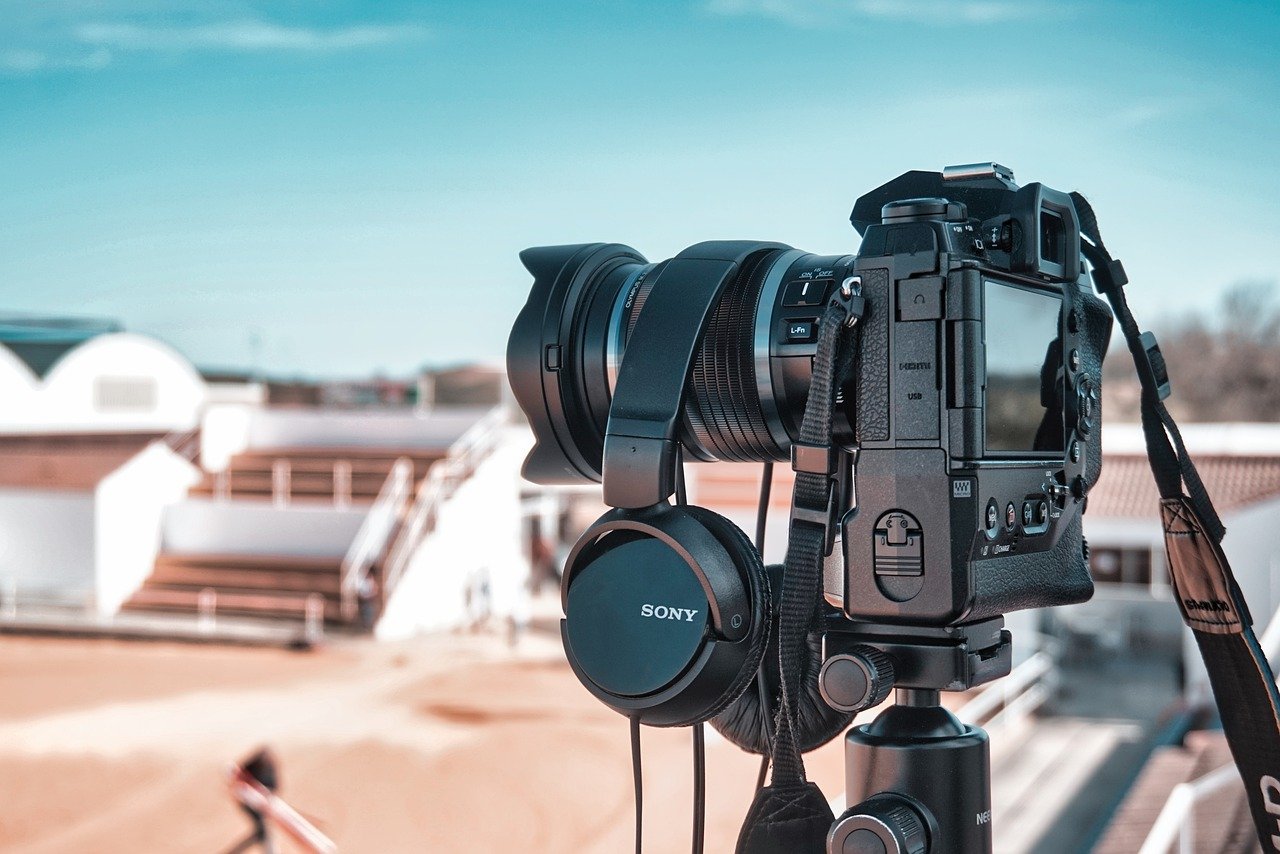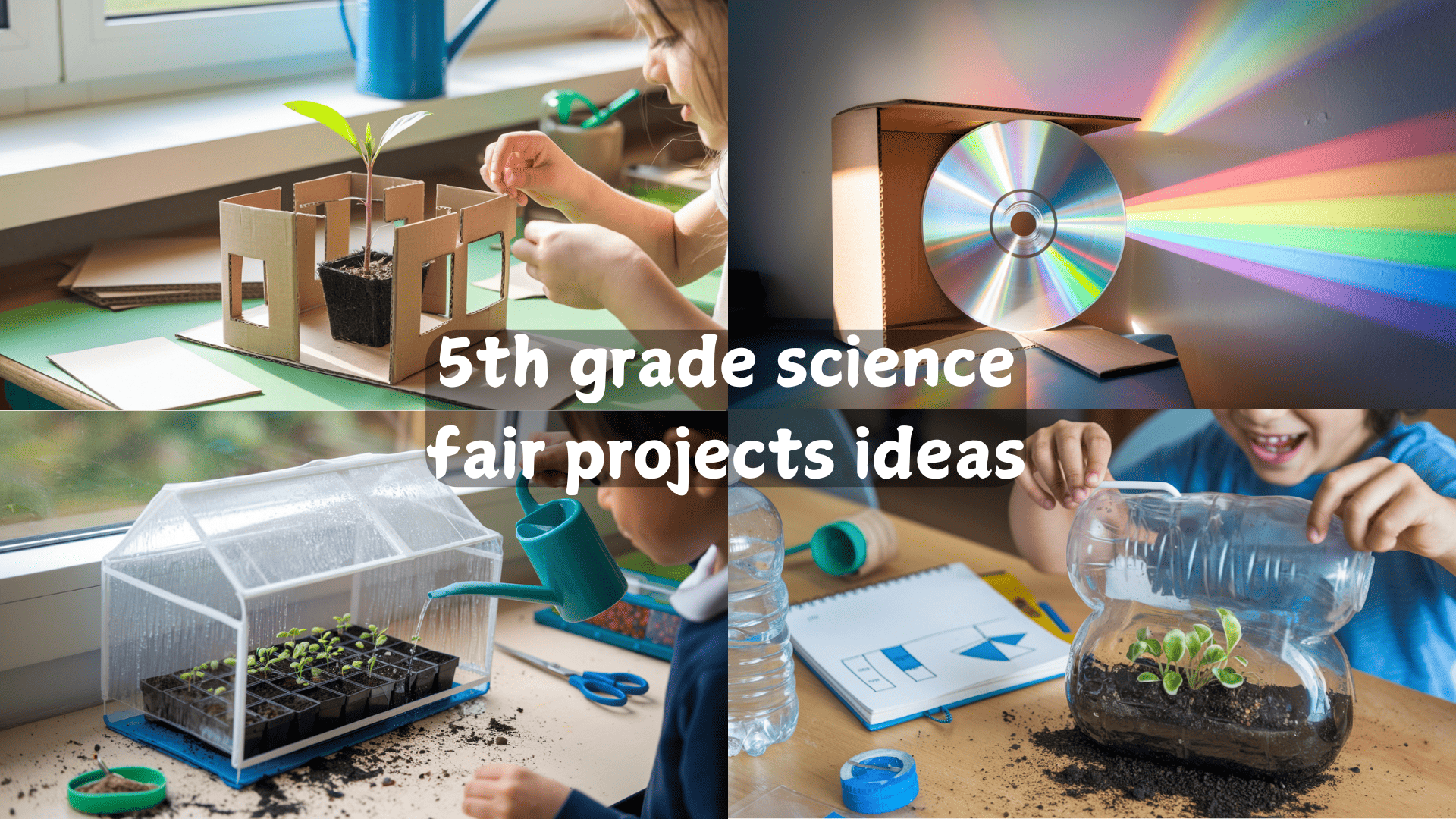
Spark your child’s curiosity and ignite their love for science with these engaging 5th-grade science fair project ideas.
As your children explore plants, electricity, chemistry, or engineering, we’ve created an exciting collection of hands-on experiments that combine learning with fun.
These projects, from building eco-friendly water filters to creating mini-ecosystems, help students explore real-world scientific concepts while developing critical thinking skills.
Our comprehensive list features projects for every interest and skill level, with clear descriptions and budget-friendly materials that won’t break the bank.
Most projects can be completed using simple household items or affordable supplies with estimated costs.
Plus, each project is rated by difficulty, helping you choose the perfect challenge for your child’s abilities and confidence level.
A List of 5th Grade Science Fair Project Ideas
1. Plant Maze Growth Test
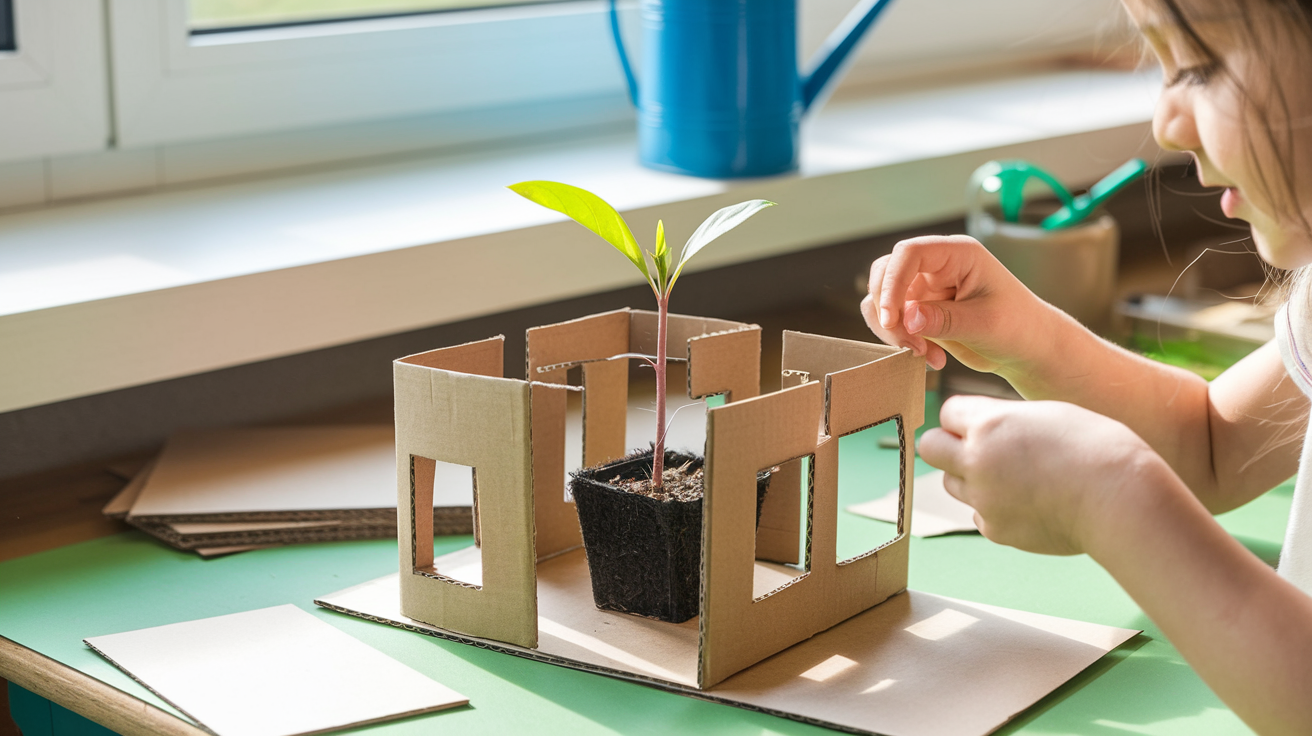
Description: Build a small maze using a box and place a plant inside. The plant will bend and grow toward the light, showing how plants respond to their environment.
Difficulty: Easy
Estimated Cost: $5–$10
2. Self-Watering Planter Design
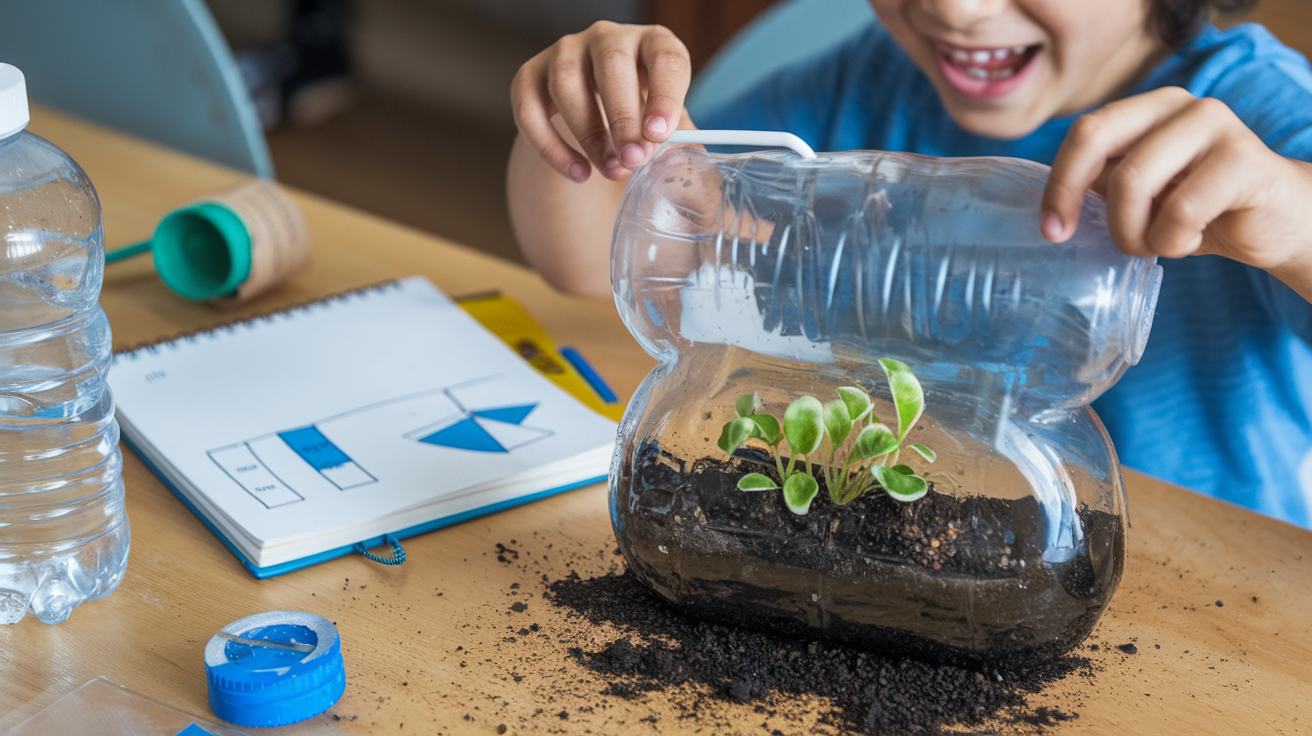
Description: Make a planter that waters itself using a wick, bottle, or string. This helps keep plants hydrated without needing daily watering.
Difficulty: Medium
Estimated Cost: $5–$15
3. Mini Greenhouse Model
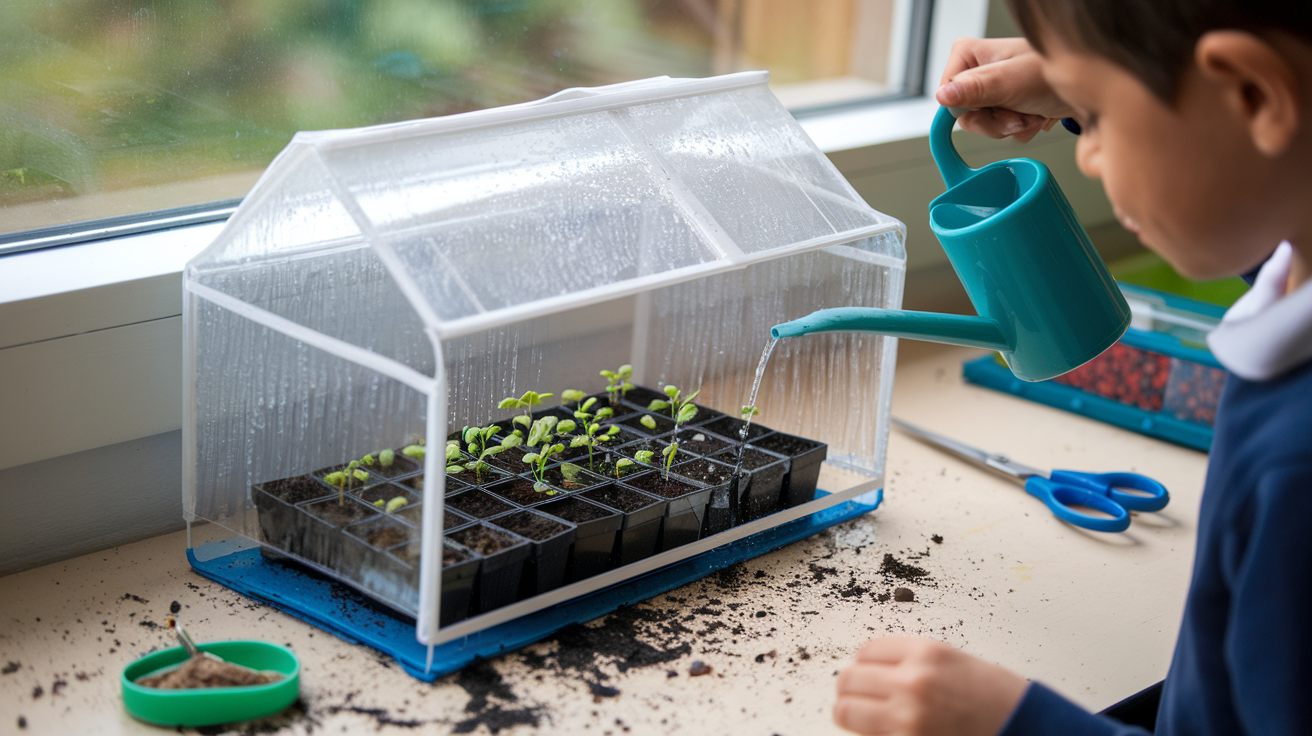
Description: Create a small greenhouse using plastic wrap, a bottle, or a container. This setup traps heat and moisture, helping plants grow faster.
Difficulty: Easy
Estimated Cost: $10–$20
4. Heart Model with Valves

Description: Build a model heart using tubes and water to show how blood moves through the heart’s valves and chambers. This helps visualize how the heart works.
Difficulty: Medium
Estimated Cost: $10–$20
5. Terrarium Water Cycle
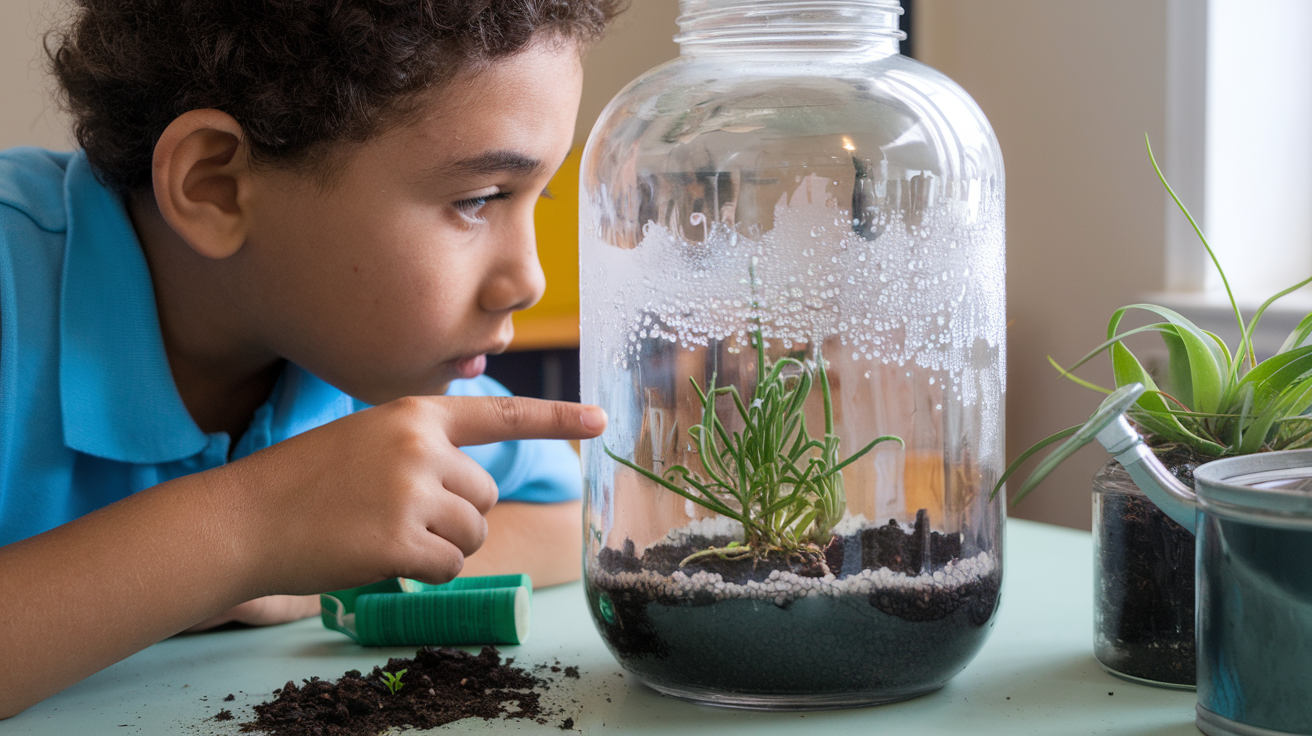
Description: Make a closed-container ecosystem using soil, plants, and water. It demonstrates the water cycle as moisture evaporates, condenses, and returns to the soil.
Difficulty: Easy
Estimated Cost: $5–$15
6. DIY Plant Irrigation System
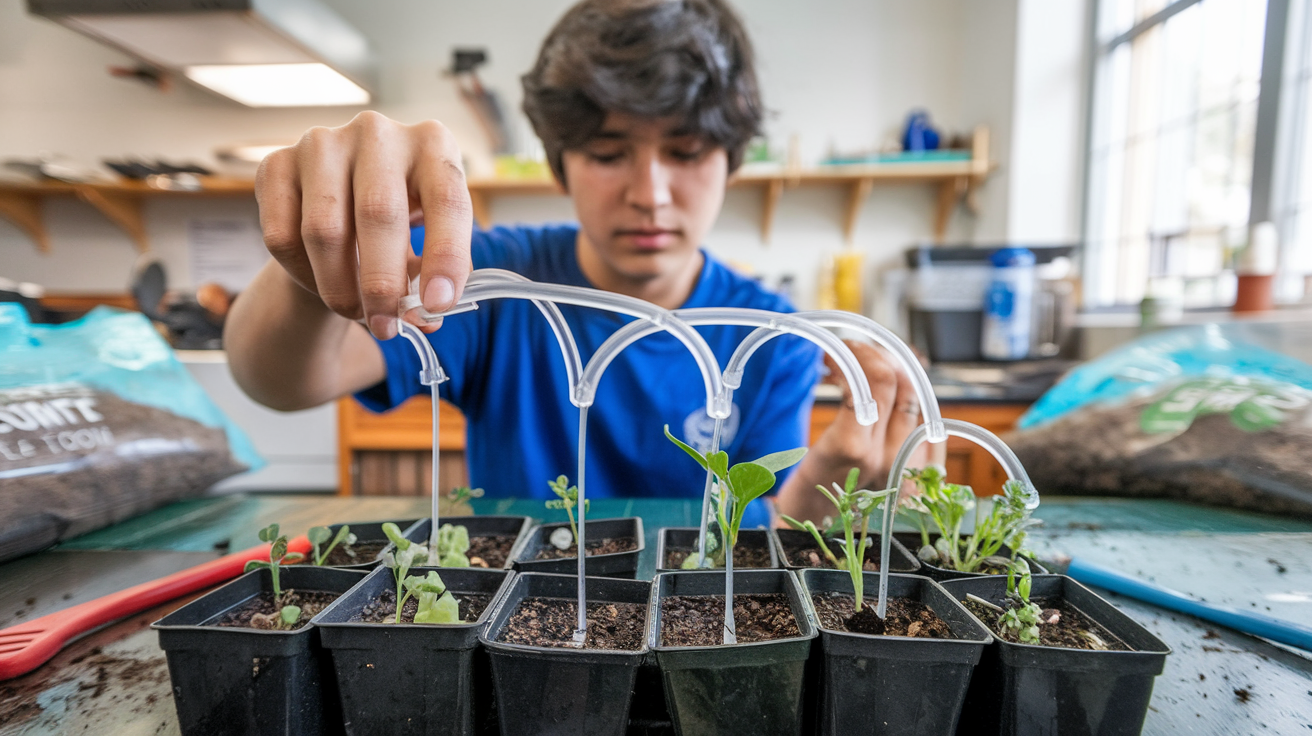
Description: Create an irrigation system using straws, bottles, or tubes to deliver water to plants, reducing the need for frequent watering.
Difficulty: Medium
Estimated Cost: $10–$25
7. 3D Cell Model
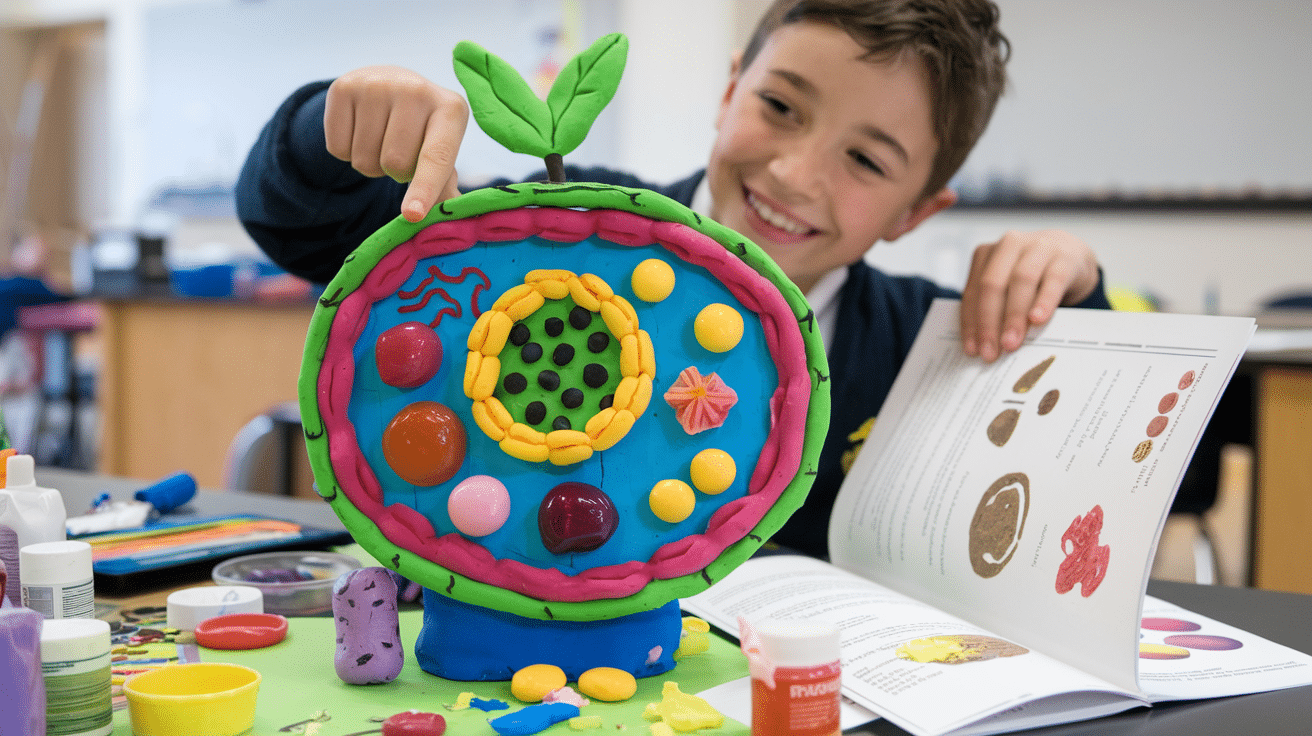
Description: Use clay, foam, or food to create a plant or animal cell model. Label the parts to show their functions inside a cell.
Difficulty: Easy
Estimated Cost: $10–$20
8. Compost Bin Tracker
![]()
Description: Set up a small compost bin with food scraps and soil. Track how composting breaks down waste and turns it into nutrient-rich soil.
Difficulty: Easy
Estimated Cost: $5–$15
9. Capillary Action Water System
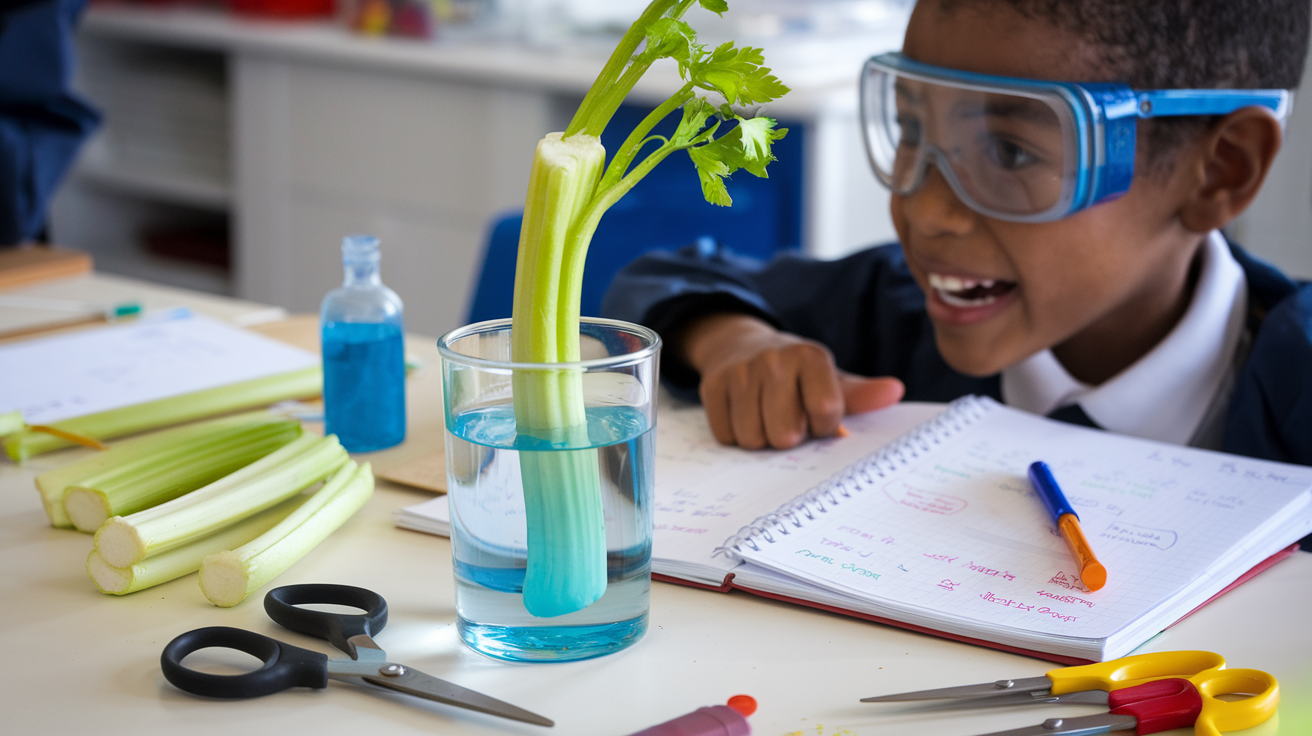
Description: Show how water moves through plants using a paper towel or celery placed in colored water. The color rises, proving capillary action.
Difficulty: Easy
Estimated Cost: $5–$10
10. Digestive System Model

Description: Create a model showing how food moves through the digestive system using tubes and simple materials like balloons and plastic bags.
Difficulty: Medium
Estimated Cost: $10–$25
11. Beehive Pollination Model
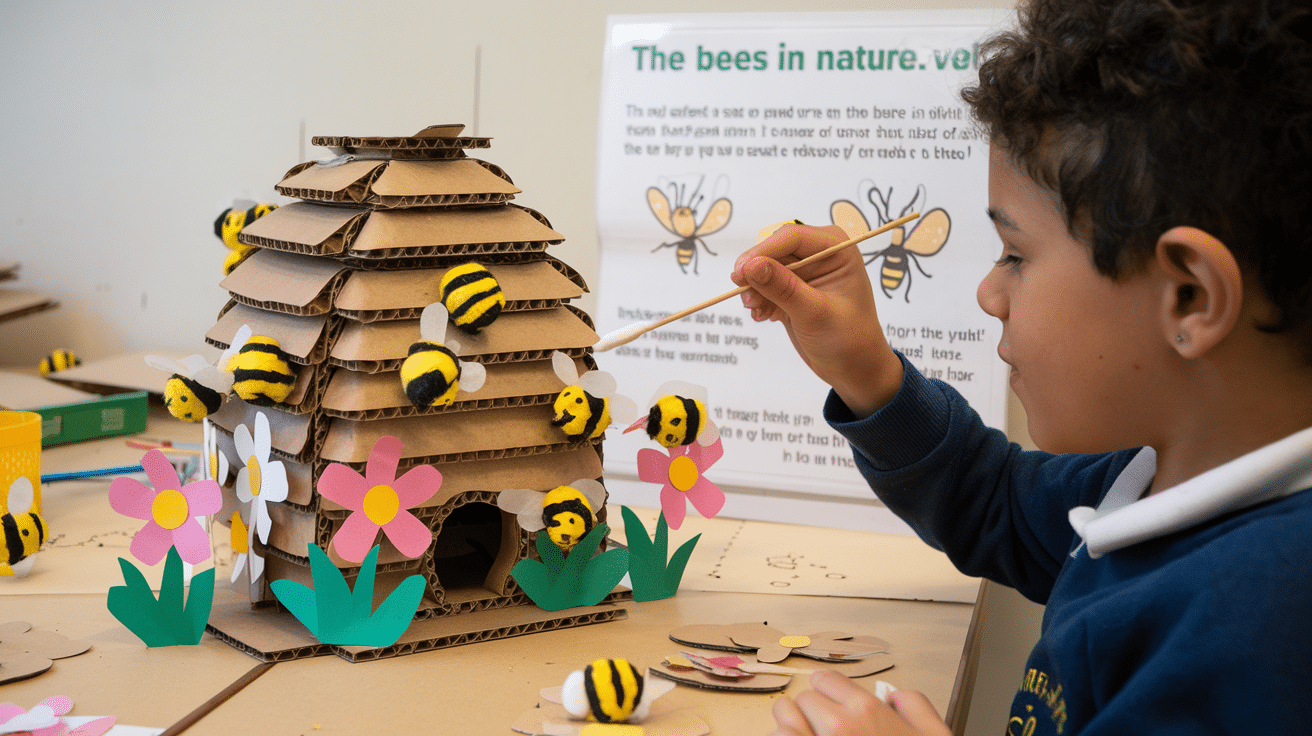
Description: Build a model of a beehive using cardboard or clay to show how bees pollinate flowers and help plants grow. Demonstrate the process of pollination with labeled parts.
Difficulty: Easy
Estimated Cost: $10–$20
12. Butterfly Garden Project
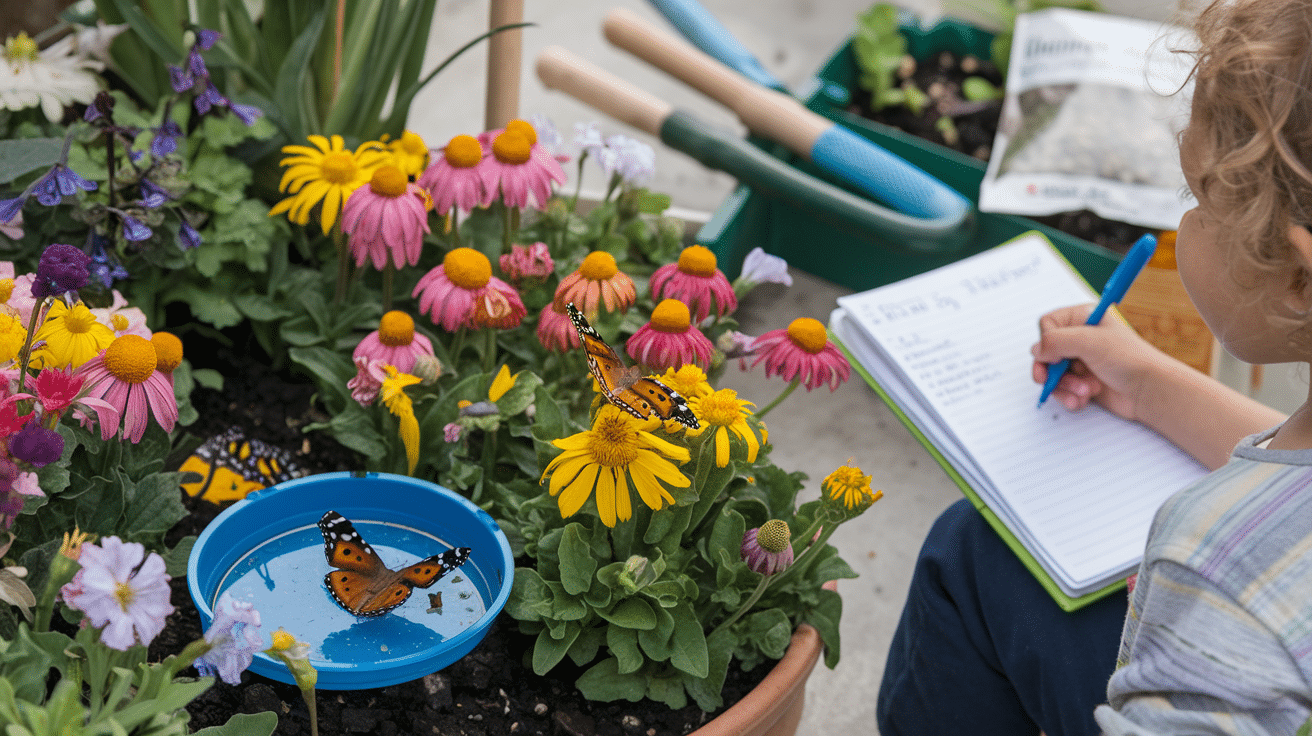
Description: Create a small garden with plants that attract butterflies. Observe how butterflies help with pollination and track different species that visit.
Difficulty: Easy
Estimated Cost: $10–$25
13. Homemade Spectrometer
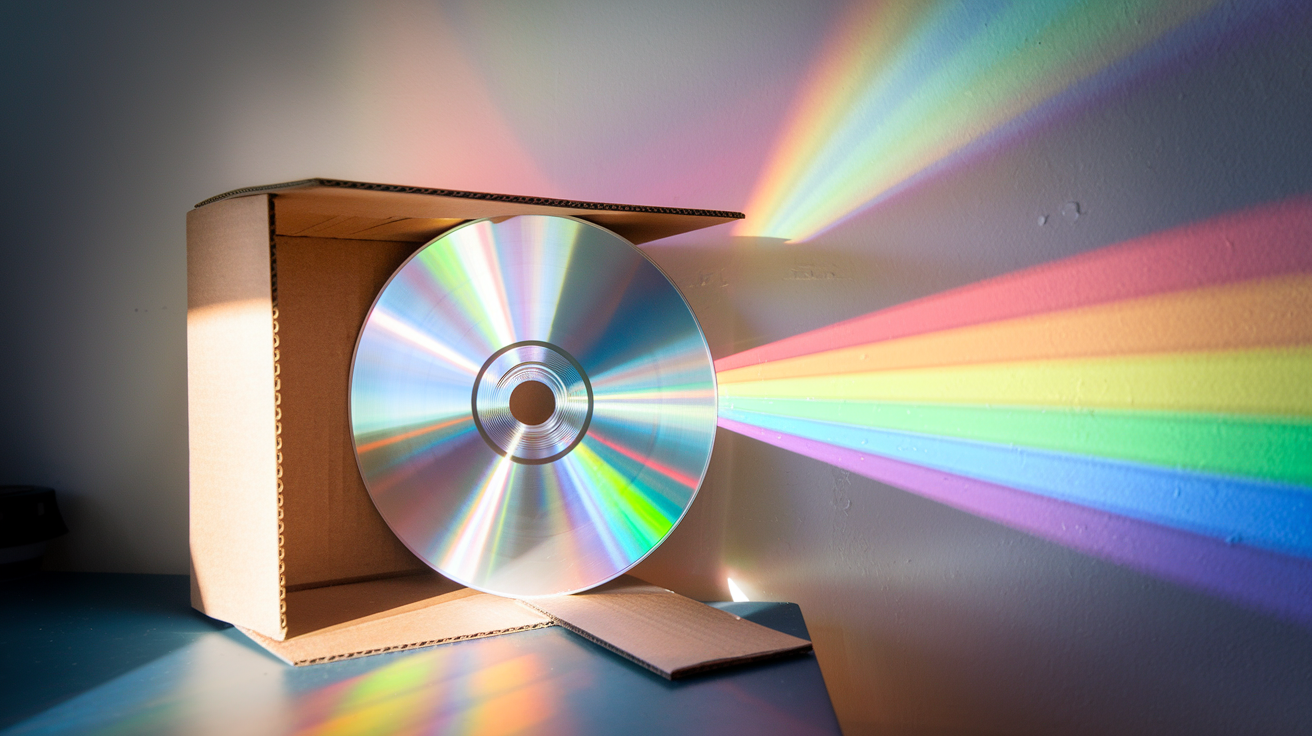
Description: Build a simple spectrometer using a CD and a cardboard box to separate light into different colors, demonstrating how scientists analyze light.
Difficulty: Medium
Estimated Cost: $5–$15
14. DIY Earthquake Simulator
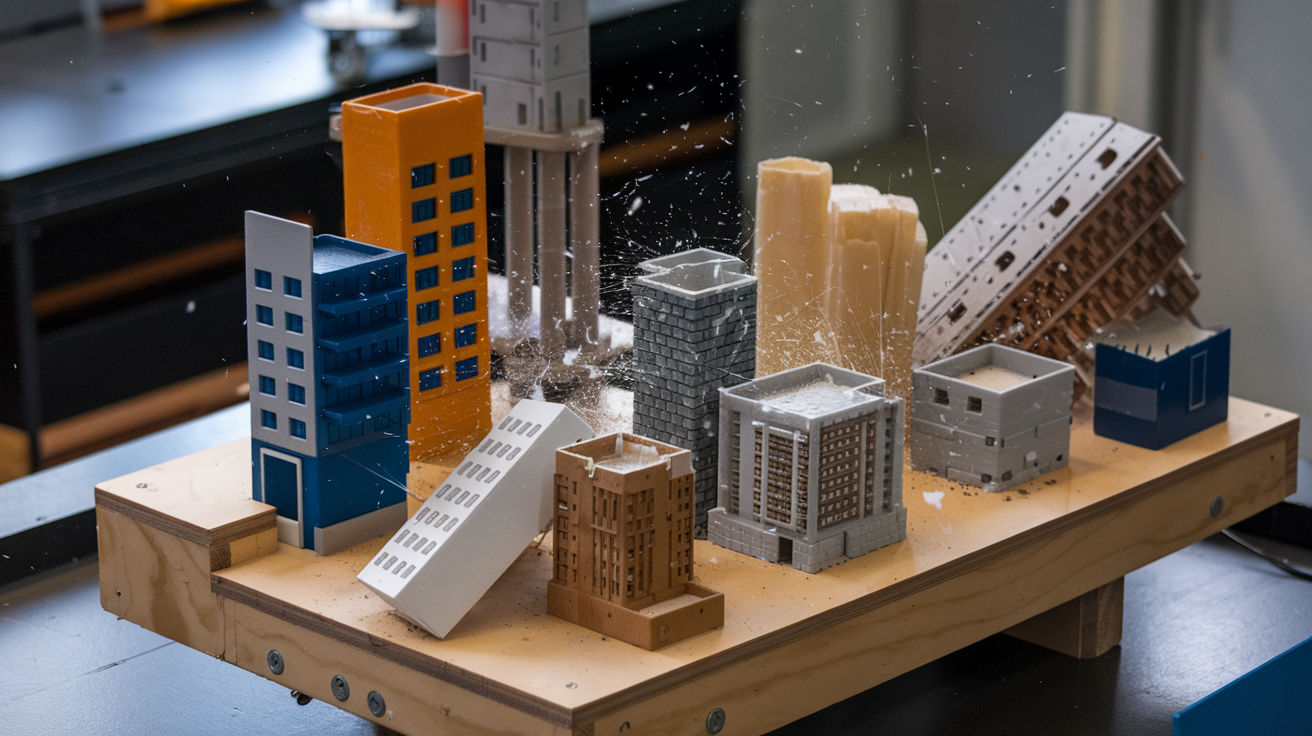
Description: Create a shake table using rubber bands and a board to test how different building materials withstand earthquakes.
Difficulty: Medium
Estimated Cost: $10–$25
15. Best Wind Turbine Blade
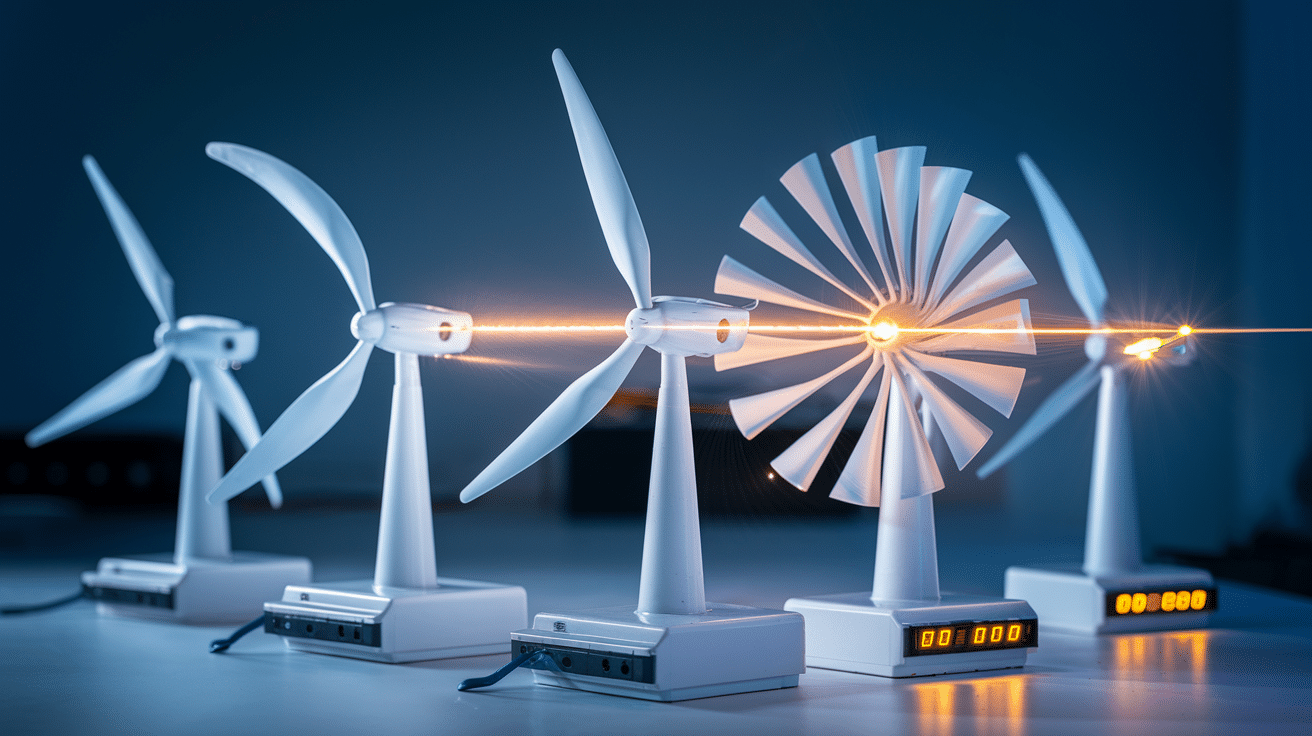
Description: Test different blade shapes and angles on a small wind turbine to determine which design generates the most energy.
Difficulty: Medium
Estimated Cost: $10–$30
16. Food Spoilage Rate Study
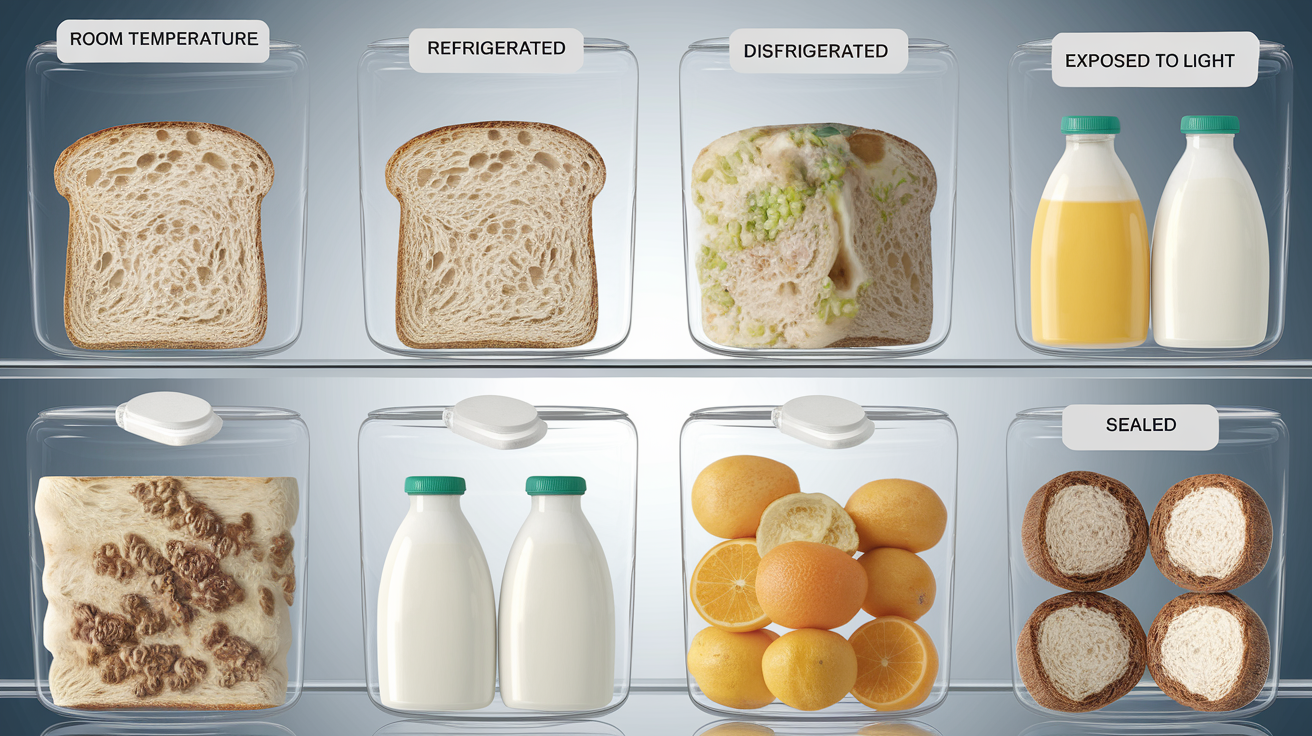
Description: Compare how different foods spoil under various conditions (light, temperature, humidity) and record how long they stay fresh.
Difficulty: Easy
Estimated Cost: $5–$15
17. Homemade Laser Maze
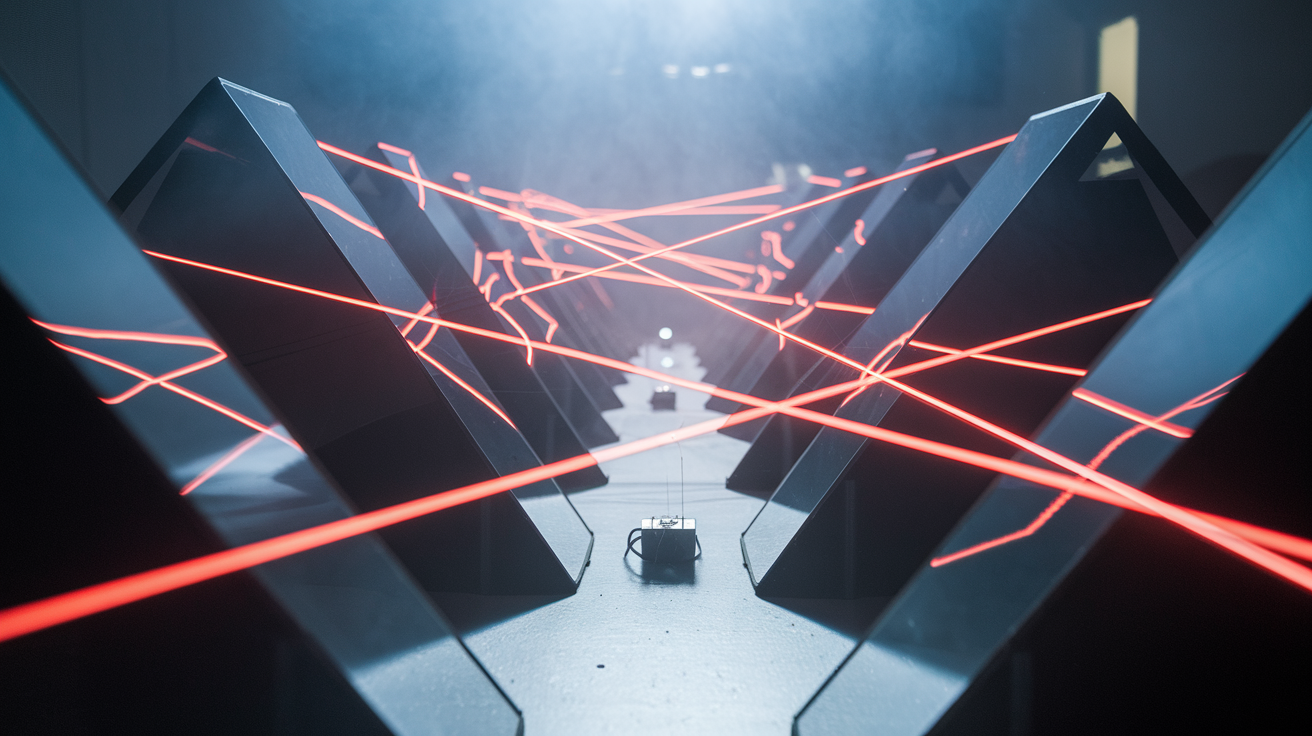
Description: Use small mirrors and a laser pointer to create a maze where light reflects off surfaces, demonstrating how lasers move through a path.
Difficulty: Medium
Estimated Cost: $10–$20
18. Temperature and Magnetism
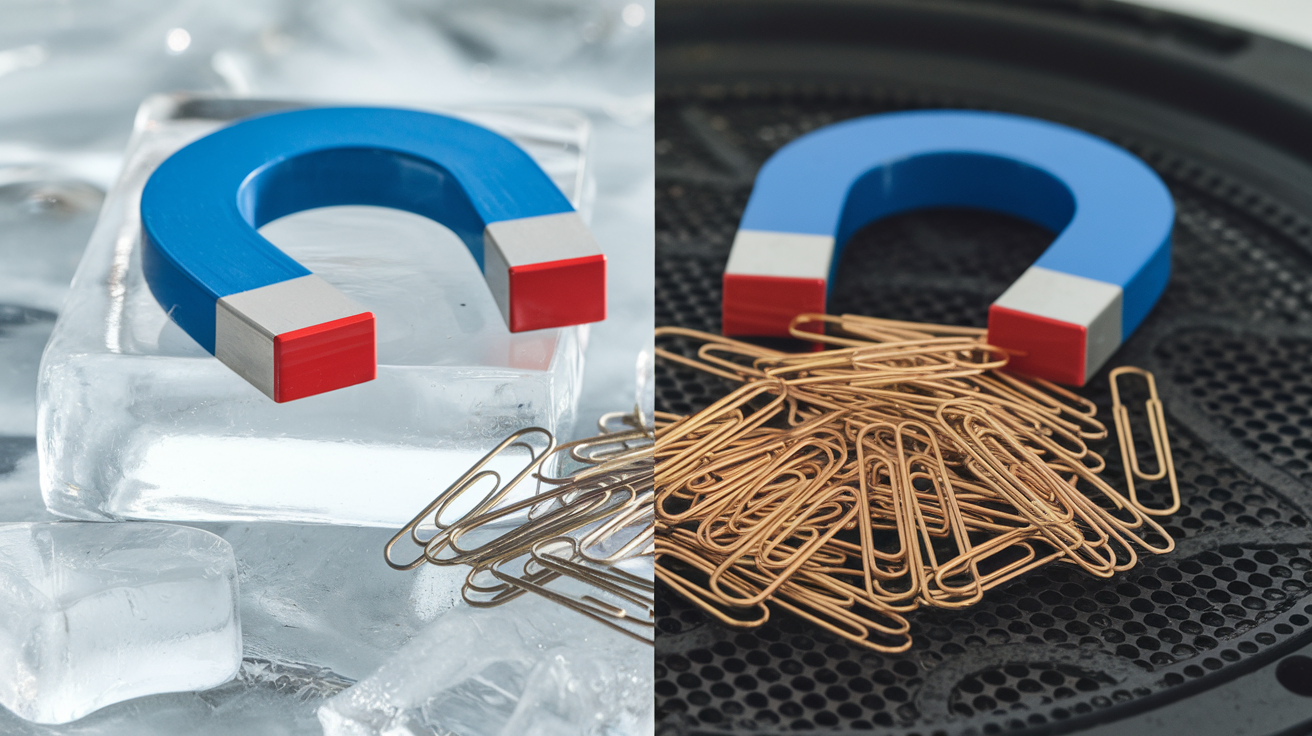
Description: Test how temperature affects a magnet’s strength by placing it in hot and cold conditions and measuring how many paper clips it attracts.
Difficulty: Easy
Estimated Cost: $5–$10
19. Plant Growth with Magnets
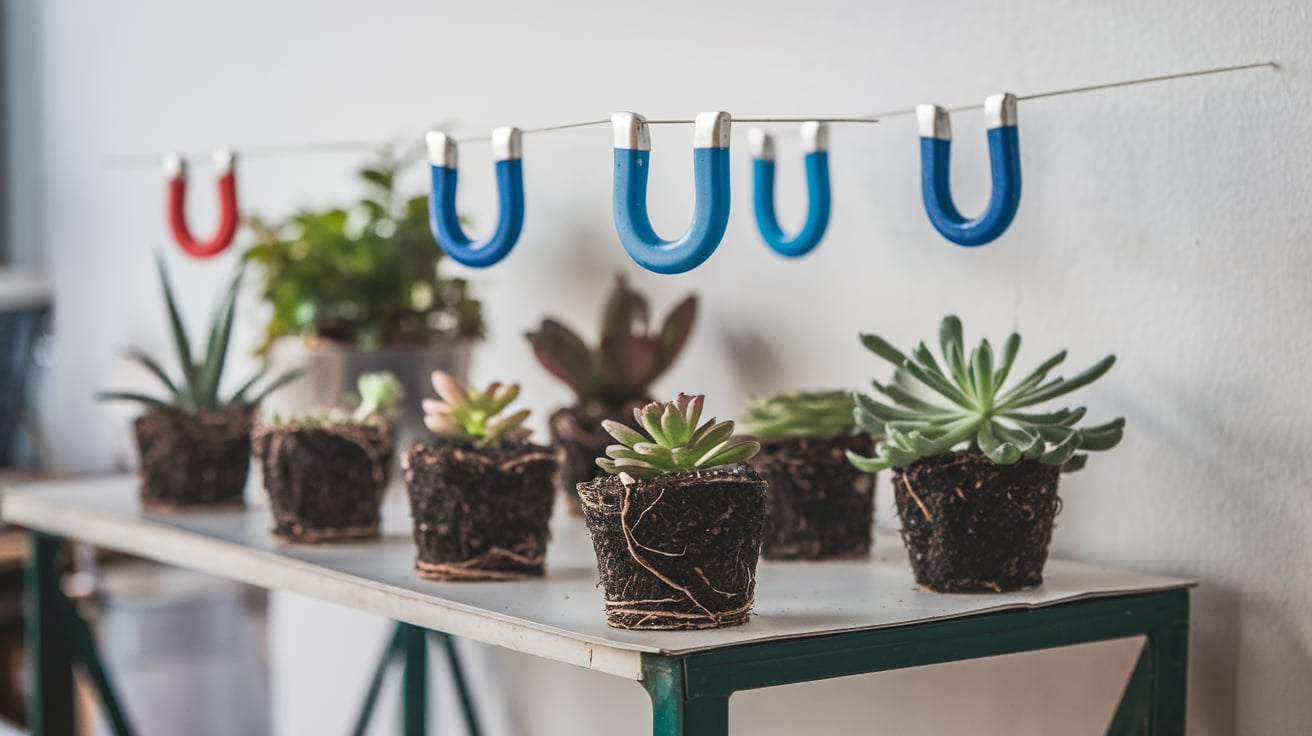
Description: Place plants near magnets and observe if magnetic fields affect their growth compared to plants grown without magnets.
Difficulty: Easy
Estimated Cost: $5–$15
20. Microplastic Water Filter
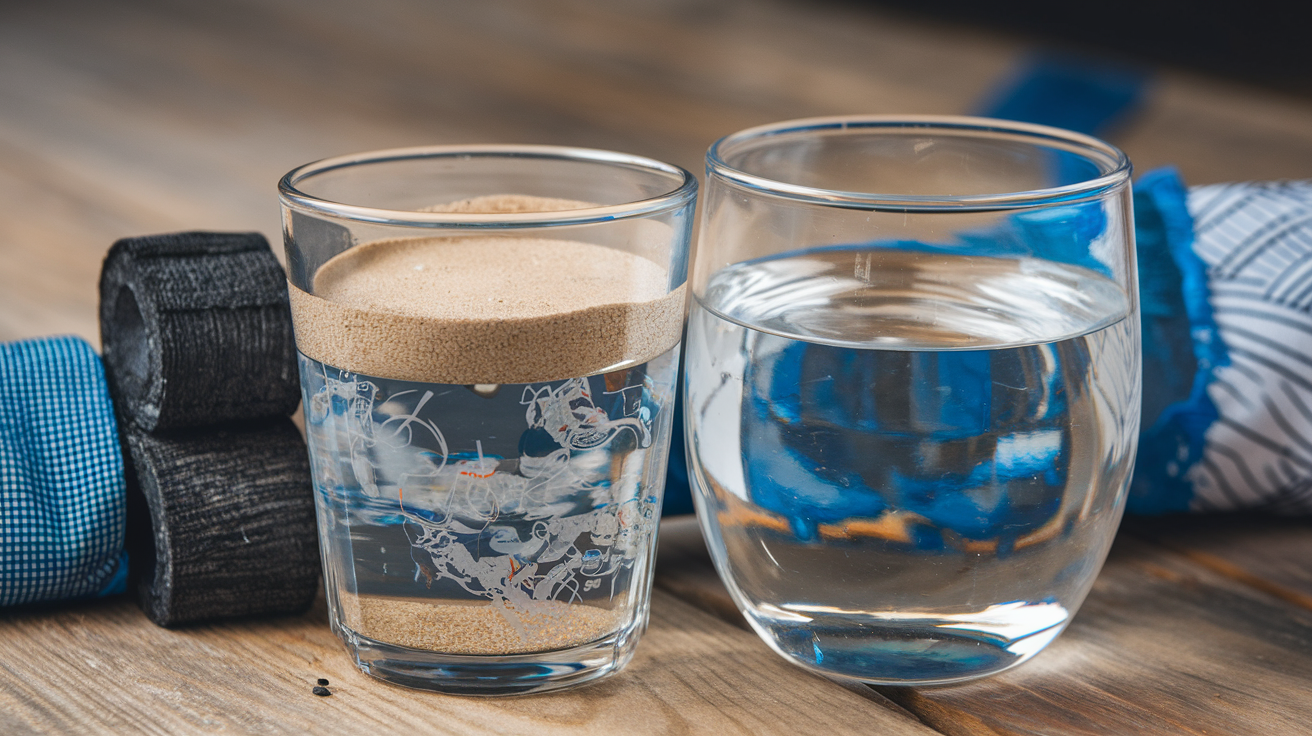
Description: Design a simple filtration system using sand, charcoal, and fabric to test how well it removes microplastic particles from water.
Difficulty: Medium
Estimated Cost: $10–$25
21. DIY Soundproofing Test
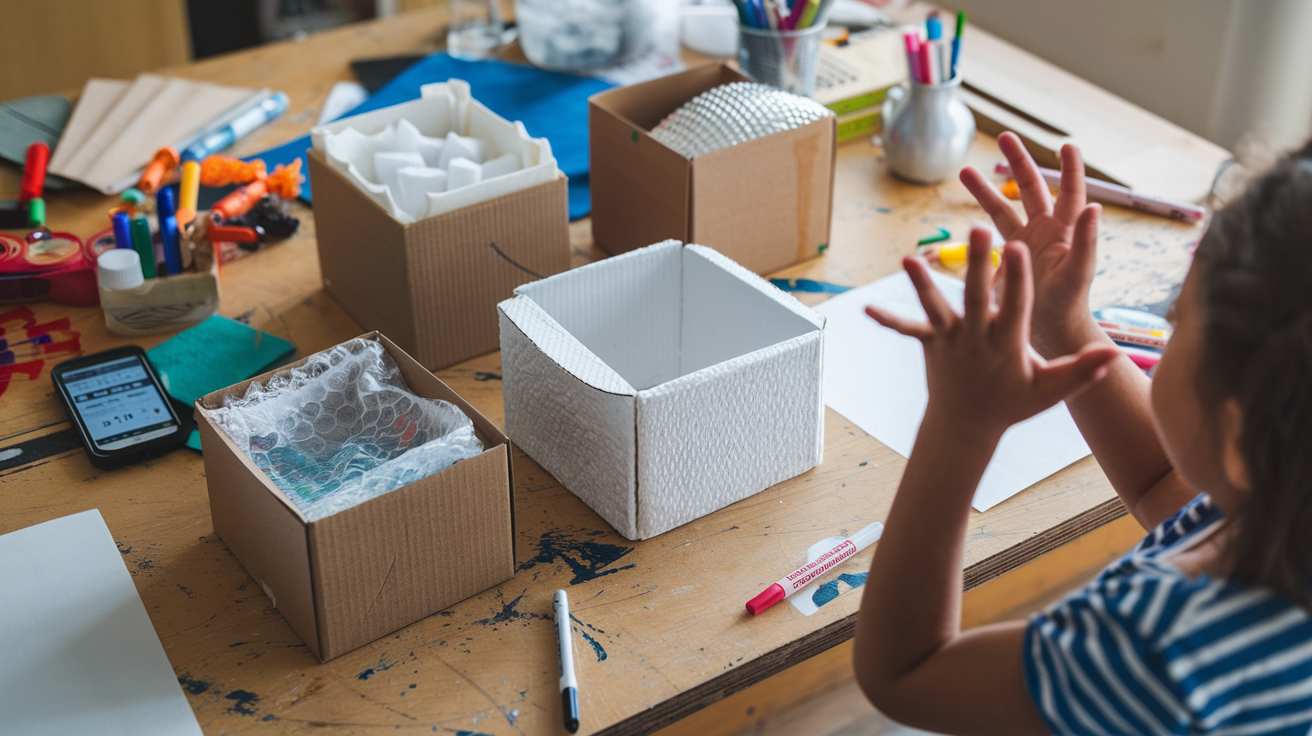
Description: Test how different materials (foam, cardboard, fabric) reduce sound levels and determine which material is best for noise reduction.
Difficulty: Medium
Estimated Cost: $10–$20
22. Liquid Nitrogen Substitute

Description: Explore safe ways to create extreme cold effects using dry ice or salt and ice, demonstrating similar properties to liquid nitrogen.
Difficulty: Medium
Estimated Cost: $15–$30
23. DIY Solar Tracker
![]()
Description: Build a solar panel that moves to follow the sun’s position using simple motors or materials to improve energy collection.
Difficulty: Medium
Estimated Cost: $15–$40
24. Soil Type Water Retention
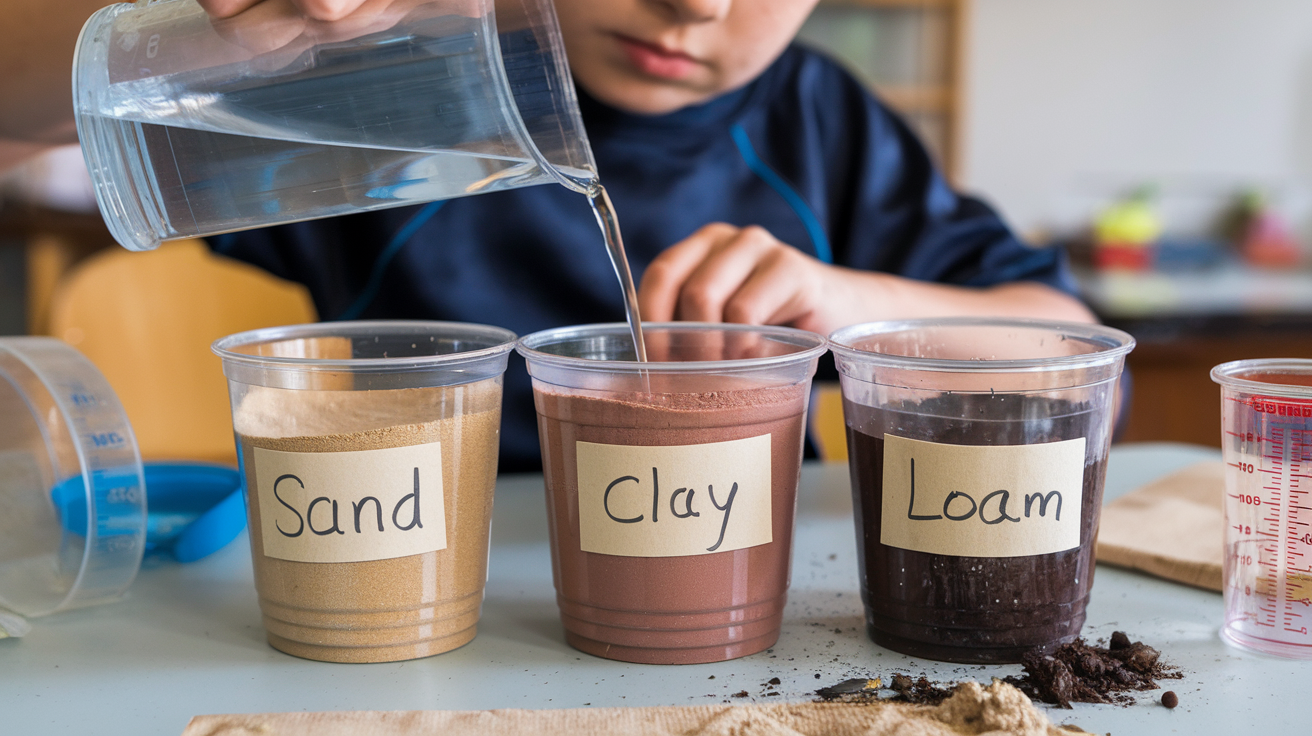
Description: Test how different soil types (sand, clay, loam) retain water by measuring how much water drains through over time.
Difficulty: Easy
Estimated Cost: $5–$10
25. Build a Tesla Coil
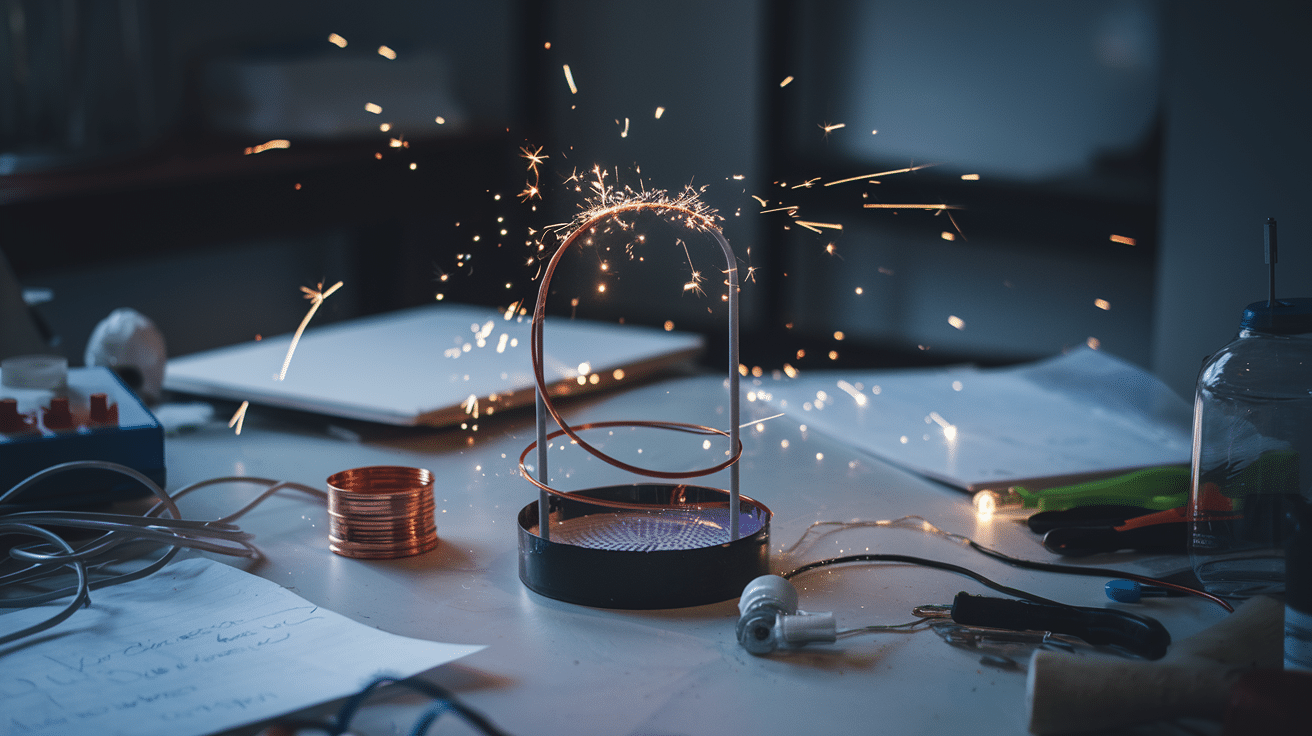
Description: Construct a small Tesla coil using wires and a transformer to generate tiny sparks and demonstrate wireless electricity transmission.
Difficulty: Medium
Estimated Cost: $20–$50
26. Eco-Friendly Battery Design
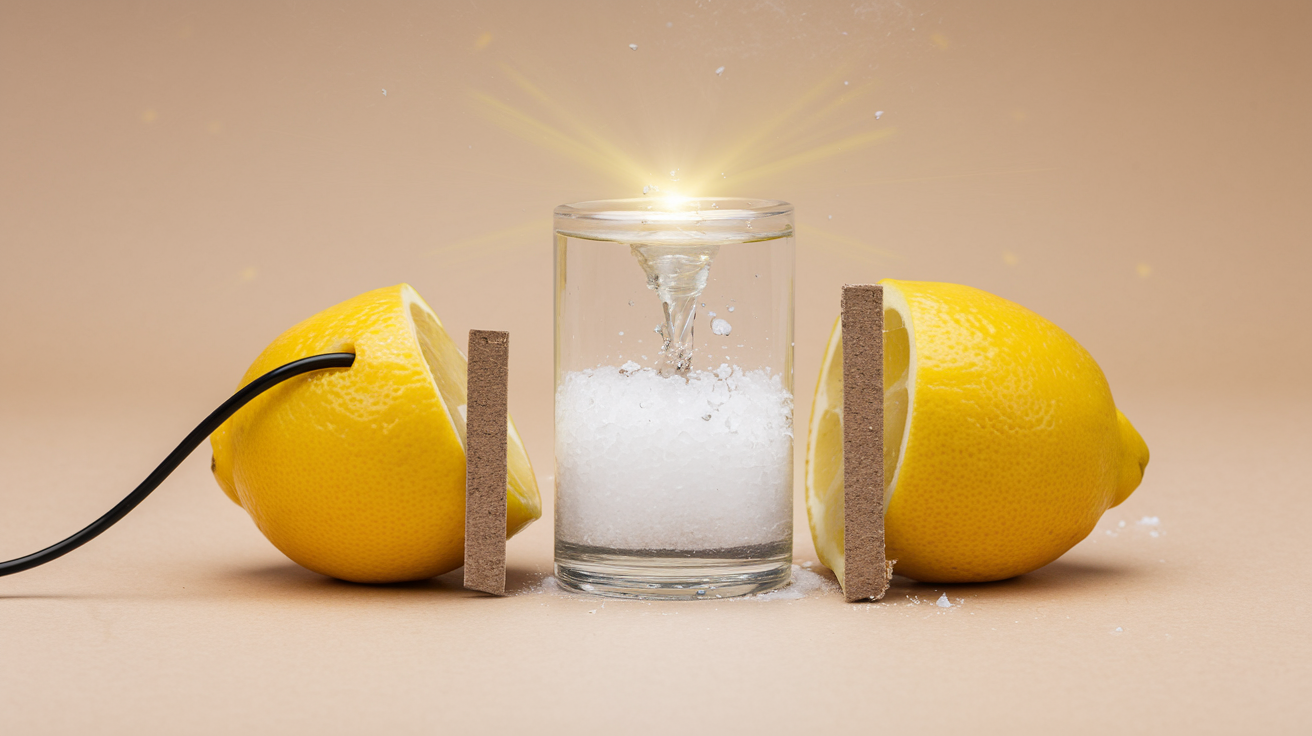
Description: To generate electricity, create a simple battery using non-toxic or biodegradable materials like saltwater or fruit.
Difficulty: Medium
Estimated Cost: $10–$30
27. Comparing Sunscreen Effectiveness
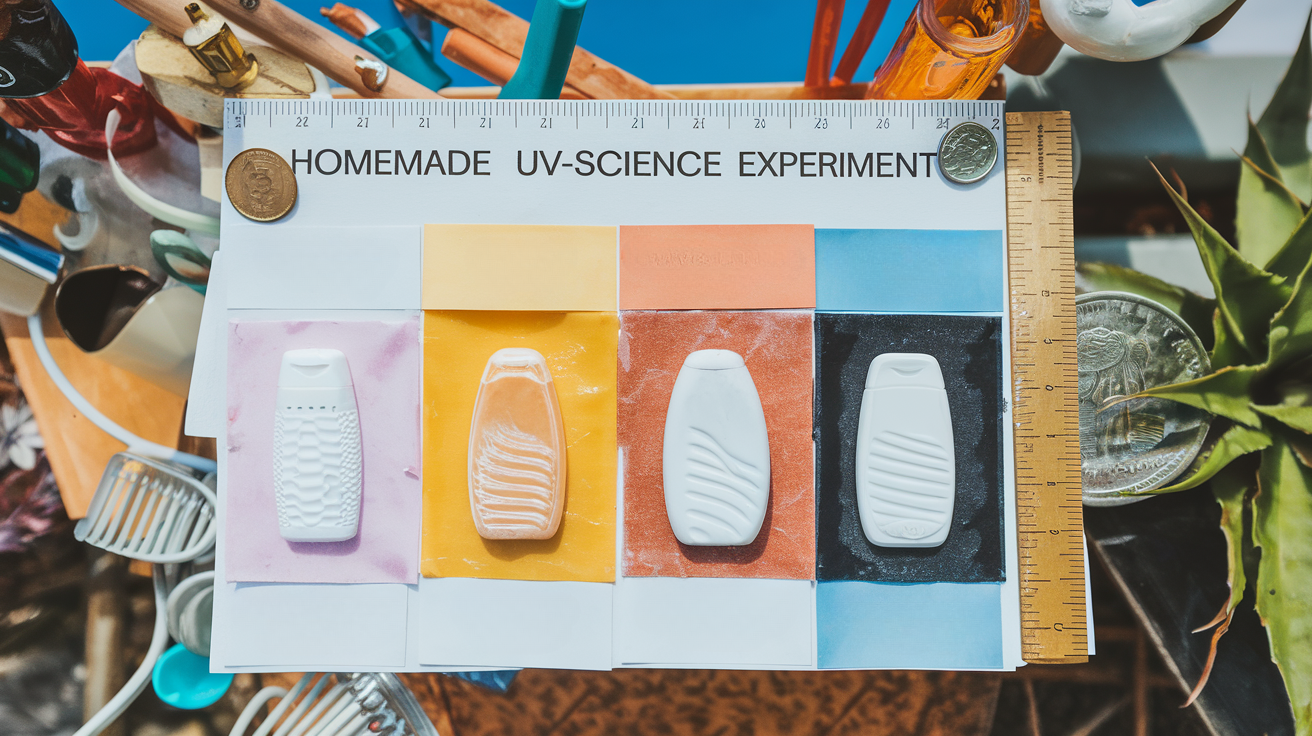
Description: Use UV-sensitive paper to test how well different sunscreen brands block UV rays, comparing protection levels.
Difficulty: Medium
Estimated Cost: $10–$25
28. Best Paper Airplane Design
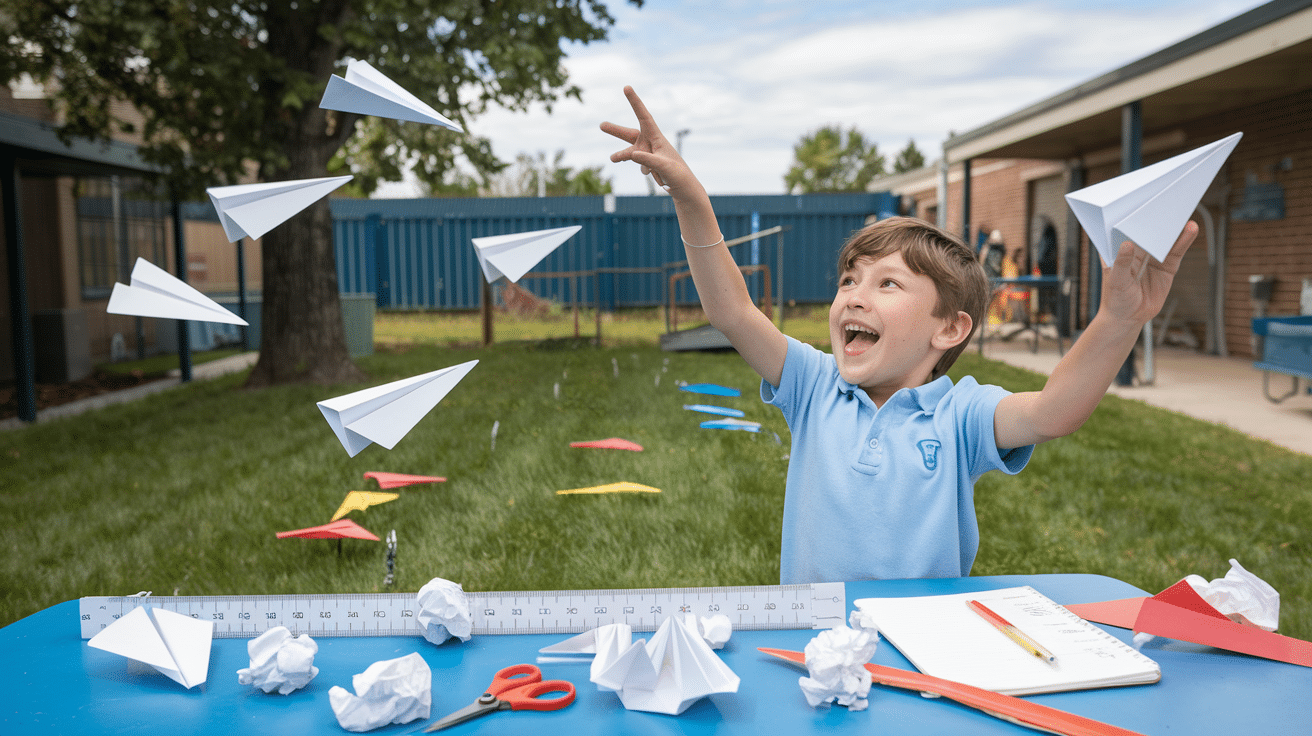
Description: Test different paper airplane designs to see which flies the farthest and analyze how wing shape affects flight distance.
Difficulty: Easy
Estimated Cost: $5–$10
29. Solar-Powered Fan
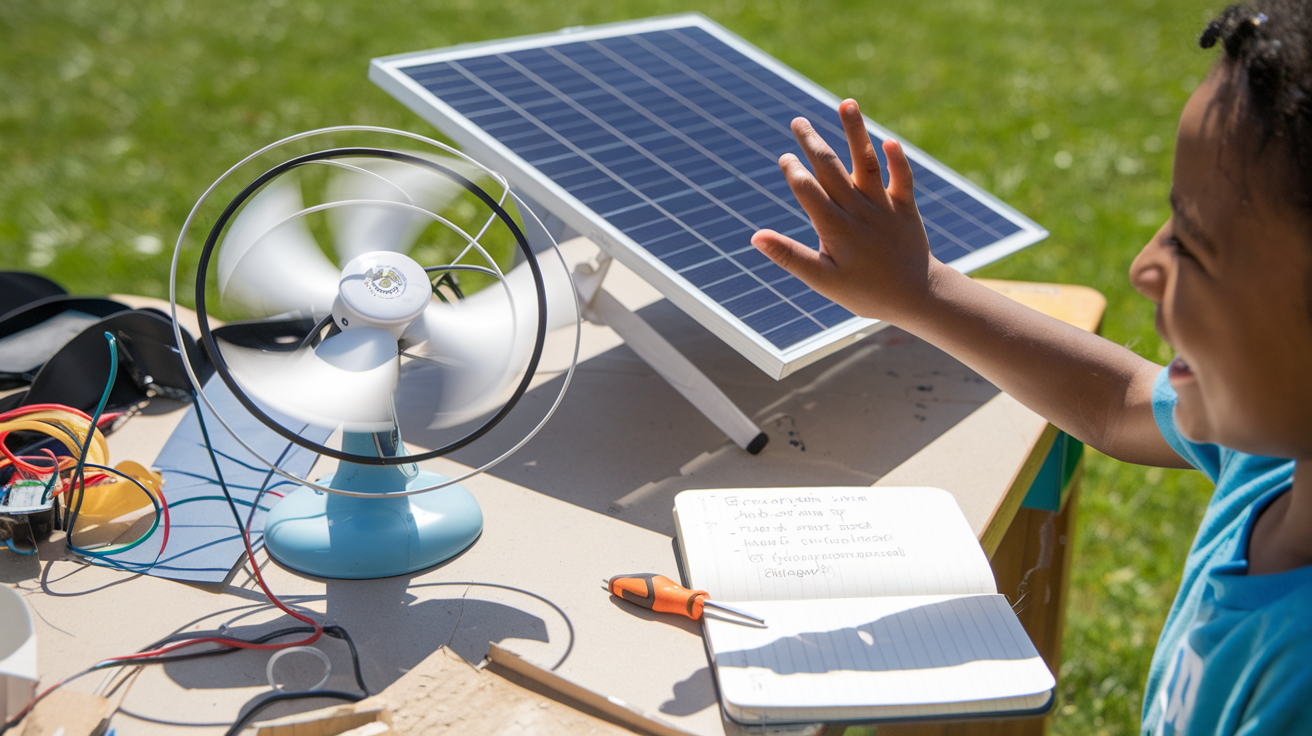
Description: Build a small fan powered by a solar panel to demonstrate how sunlight can be converted into electrical energy.
Difficulty: Medium
Estimated Cost: $10–$30
30. Water Electrolysis Energy
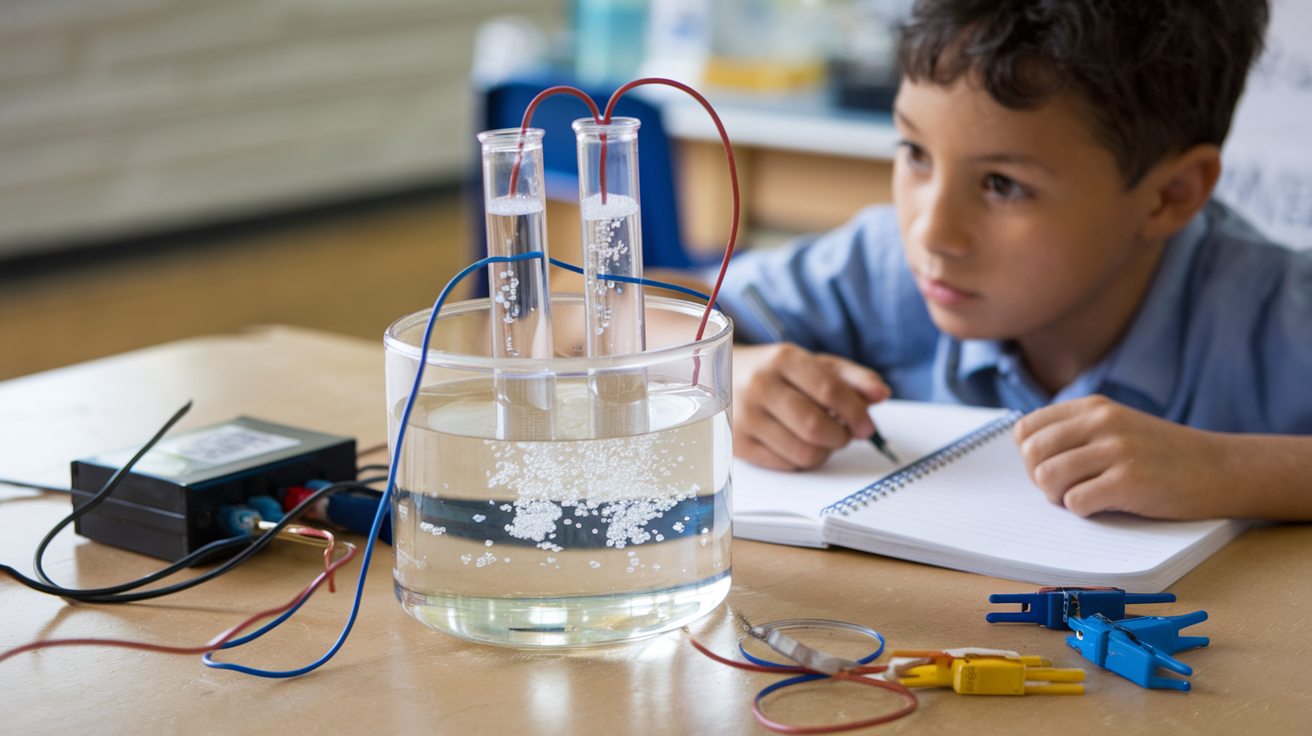
Description: Split water into hydrogen and oxygen using electricity and measure the amount of gas produced to explore clean energy sources.
Difficulty: Medium
Estimated Cost: $10–$25
Explore More Cool Project Ideas
31. Color-Changing Chemical Reactions
Description: Mix different household chemicals like acids and bases with an indicator (like red cabbage juice) to observe color changes.
Difficulty: Easy
Estimated Cost: $5–$15
32. 3D DNA Model
Description: Construct a 3D model of a DNA strand using pipe cleaners, candy, or foam balls. Show the double-helix structure and explain its function.
Difficulty: Easy
Estimated Cost: $10–$20
33. Seed Sprouting Station
Description: Set up a simple experiment using seeds in different conditions (light, dark, wet, dry) to observe and track their growth over time.
Difficulty: Easy
Estimated Cost: $5–$15
34. Worm Farm Study
Description: Build a small worm farm using a plastic container, soil, and food scraps. Observe how worms break down organic material and improve soil health.
Difficulty: Easy
Estimated Cost: $5–$15
35. Brain Model with Labels
Description: Make a 3D brain model using clay or foam, labeling different parts like the cerebrum, cerebellum, and brainstem to show their functions.
Difficulty: Easy
Estimated Cost: $10–$20
36. Ecosystem in a Bottle
Description: Create a self-sustaining ecosystem inside a sealed bottle using water, plants, and soil. Observe how it maintains itself through the water cycle.
Difficulty: Easy
Estimated Cost: $5–$15
37. Hydroponic Plant System
Description: Grow plants without soil using a water-based system. Test how well plants grow using only nutrients and water instead of traditional soil.
Difficulty: Medium
Estimated Cost: $10–$30
38. Bird Feeder Experiment
Description: Build different types of bird feeders and test which design attracts the most birds. Track bird visits over time and record findings.
Difficulty: Easy
Estimated Cost: $5–$20
39. Lung Model Demonstration
Description: Create a working lung model using balloons and a plastic bottle to show how breathing works and how air moves in and out of the lungs.
Difficulty: Easy
Estimated Cost: $5–$15
40. pH Testing Station
Description: Test the pH levels of different liquids (water, soda, juice) using pH strips or a homemade indicator from red cabbage juice.
Difficulty: Easy
Estimated Cost: $5–$15
41. Rock Candy Growth Lab
Description: Make rock candy by dissolving sugar in hot water and letting it crystallize over time. Observe and record how sugar crystals form.
Difficulty: Easy
Estimated Cost: $5–$10
42. DIY Water Filtration System
Description: Build a simple water filter using sand, gravel, and charcoal to clean dirty water. Demonstrate how filtration works in nature and water treatment plants.
Difficulty: Medium
Estimated Cost: $10–$20
43. Baking Soda Volcano
Description: Construct a small volcano using clay or paper mache, then create an eruption using baking soda and vinegar to simulate a volcanic explosion.
Difficulty: Easy
Estimated Cost: $5–$15
44. 3D Molecule Model
Description: Use toothpicks and marshmallows or clay to build models of different molecules like water (H₂O) or carbon dioxide (CO₂).
Difficulty: Easy
Estimated Cost: $5–$10
45. Homemade Soap-Making Lab
Description: Make simple soap using natural ingredients like coconut oil and lye, then compare its effectiveness to store-bought soap.
Difficulty: Medium
Estimated Cost: $10–$25
46. Chromatography Ink Separation
Description: Use coffee filters and water to separate different colors in black ink, demonstrating how chromatography works.
Difficulty: Easy
Estimated Cost: $5–$10
47. Acidity Testing Kit
Description: Create a homemade kit to test the acidity (pH) of different liquids like lemon juice, vinegar, and milk using red cabbage juice or pH strips.
Difficulty: Easy
Estimated Cost: $5–$15
48. Water Cycle Model
Description: Build a model to show the water cycle (evaporation, condensation, precipitation) using a plastic container, water, and heat.
Difficulty: Easy
Estimated Cost: $5–$10
49. Periodic Table Display
Description: Create a colorful periodic table model using labels and pictures to show different elements and their uses.
Difficulty: Easy
Estimated Cost: $5–$15
50. Water Electrolysis Setup
Description: Build a simple system to split water into hydrogen and oxygen using electricity, showing how electrolysis works.
Difficulty: Medium
Estimated Cost: $10–$20
51. Solar Water Purifier
Description: Create a solar-powered system to purify dirty water by evaporating and condensing clean water.
Difficulty: Medium
Estimated Cost: $10–$25
52. Heat Insulation Tester
Description: Test different materials like foam, aluminum foil, and fabric to see which keeps heat in the best.
Difficulty: Easy
Estimated Cost: $5–$15
53. Chemical Bond Model
Description: Using toothpicks and clay or foam balls, build 3D models of different chemical bonds (covalent, ionic).
Difficulty: Easy
Estimated Cost: $5–$10
54. Atom Structure Display
Description: Make a model of an atom showing protons, neutrons, and electrons using beads or foam balls.
Difficulty: Easy
Estimated Cost: $5–$15
55. DIY Air Purifier
Description: Build a simple air filter using a fan and materials like charcoal or cotton to trap dust and particles.
Difficulty: Medium
Estimated Cost: $10–$25
56. Sugar Density Tower
Description: Create a layered liquid tower by dissolving different amounts of sugar in water to show density differences.
Difficulty: Easy
Estimated Cost: $5–$10
57. Biodegradable Glue Formula
Description: Make an eco-friendly glue using natural ingredients like milk and vinegar, then test its strength.
Difficulty: Medium
Estimated Cost: $5–$15
58. Carbon Cycle Model
Description: Build a model showing how carbon moves through the atmosphere, plants, animals, and soil.
Difficulty: Easy
Estimated Cost: $5–$15
59. Chemical Reaction Boat
Description: Design a small boat that moves using a baking soda and vinegar reaction to create thrust.
Difficulty: Medium
Estimated Cost: $10–$20
60. Popsicle Stick Bridge
Description: Construct a bridge using popsicle sticks and glue, then test how much weight it can hold.
Difficulty: Easy
Estimated Cost: $5–$15
61. Simple Machine Model
Description: To demonstrate force, build a working model of a simple machine like a lever, pulley, or inclined plane.
Difficulty: Easy
Estimated Cost: $5–$10
62. Balloon-Powered Car
Description: Make a small car that moves using air released from a balloon to demonstrate propulsion.
Difficulty: Easy
Estimated Cost: $5–$10
63. Water Wheel Generator
Description: Construct a small water wheel to show how moving water can generate energy.
Difficulty: Medium
Estimated Cost: $10–$25
64. Floating Boat Test
Description: Build small boats using different materials like aluminum foil, cardboard, and plastic—test which material floats the longest and holds the most weight without sinking.
Difficulty: Easy
Estimated Cost: $5–$10
65. DIY Periscope
Description: Make a periscope using mirrors and a cardboard box. This shows how light reflects to help us see objects around corners or above obstacles.
Difficulty: Easy
Estimated Cost: $5–$10
66. Roller Coaster Model
Description: Use paper tubes, foam pipe insulation, or straws to create a small roller coaster for marbles. This demonstrates concepts like gravity, speed, and energy transfer.
Difficulty: Medium
Estimated Cost: $10–$20
67. Parachute Material Test
Description: Make parachutes from plastic, fabric, and paper. Drop them from the same height to see which one slows an object down the most.
Difficulty: Easy
Estimated Cost: $5–$10
68. Homemade Hovercraft
Description: Build a small hovercraft using a balloon, a CD, and a bottle cap. The air released from the balloon reduces friction, allowing the hovercraft to glide.
Difficulty: Medium
Estimated Cost: $5–$15
69. Pinhole Camera Experiment
Description: Make a simple pinhole camera using a box, foil, and paper. This demonstrates how light creates images, similar to how our eyes and cameras work.
Difficulty: Medium
Estimated Cost: $5–$15
70. Wind-Powered Car
Description: Create a small car with a sail that moves forward when blown by wind from a fan. This helps explain wind energy and propulsion.
Difficulty: Easy
Estimated Cost: $5–$15
71. Working Sundial
Description: Make a sundial using a stick and mark the shadows at different times of the day. This shows how people used shadows to tell time before clocks.
Difficulty: Easy
Estimated Cost: $5–$10
72. Hand-Powered Generator
Description: Build a small generator that produces electricity when cranked by hand. This explains how energy is converted into electrical power.
Difficulty: Medium
Estimated Cost: $10–$25
73. Musical Instrument Sound Study
Description: Make a simple instrument like a rubber band guitar or a water glass xylophone. Test how different materials and tension affect sound.
Difficulty: Easy
Estimated Cost: $5–$15
74. Solar System Model
Description: Create a 3D model of the solar system using foam balls, paint, and string to show the arrangement and size of the planets.
Difficulty: Easy
Estimated Cost: $10–$20
75. Gyroscope Navigation Model
Description: Use a spinning top or a bike wheel to demonstrate how gyroscopes help with balance and navigation in airplanes and spacecraft.
Difficulty: Medium
Estimated Cost: $5–$15
76. Morse Code Transmitter
Description: Build a simple Morse code device using a light or buzzer to send coded messages. This demonstrates early communication technology.
Difficulty: Medium
Estimated Cost: $10–$20
77. DIY Magnetic Compass
Description: Make a simple compass by magnetizing a needle and floating it on water. This helps explain how Earth’s magnetic field works.
Difficulty: Easy
Estimated Cost: $5–$10
78. Mechanical Claw Design
Description: Build a simple robotic claw using cardboard, string, and straws. This demonstrates how simple machines work in robotics.
Difficulty: Medium
Estimated Cost: $10–$20
7. Homemade Telescope Lens
Description: Use magnifying glasses or lenses to create a simple telescope and observe how lenses bend light to magnify distant objects.
Difficulty: Medium
Estimated Cost: $10–$20
80. Balloon Rocket Car
Description: Design a small car powered by air escaping from a balloon. This project demonstrates Newton’s third law of motion (action and reaction).
Difficulty: Easy
Estimated Cost: $5–$10
81. Vertical Garden System
Description: Build a garden that grows plants upward instead of outward using recycled bottles or stacked containers. This saves space and helps with urban gardening.
Difficulty: Medium
Estimated Cost: $10–$30
82. DIY Aquaponics Setup
Description: Create a system where fish waste fertilizes plants, and plants clean the water for the fish. This demonstrates a natural recycling system in agriculture.
Difficulty: Medium
Estimated Cost: $20–$50
83. Rainwater Collection System
Description: Build a system using buckets or pipes to collect and store rainwater. This shows how water conservation works and how it can be used for gardening.
Difficulty: Medium
Estimated Cost: $10–$25
84. Wind Turbine Model
Description: Construct a small wind turbine with a motor and blades to generate electricity, demonstrating how wind energy is used as a renewable power source.
Difficulty: Medium
Estimated Cost: $10–$30
85. Solar-Powered Oven
Description: Make a solar oven using a box, aluminum foil, and plastic wrap to cook food using the sun’s heat, demonstrating solar energy in action.
Difficulty: Medium
Estimated Cost: $10–$20
86. DIY Water Filter
Description: Build a simple water filtration system using sand, gravel, and charcoal to clean dirty water. This shows how water is purified in nature and treatment plants.
Difficulty: Medium
Estimated Cost: $10–$20
87. Energy-Efficient Home Model
Description: Design a small house model with energy-saving features like solar panels, insulation, and wind power to show ways to conserve energy.
Difficulty: Medium
Estimated Cost: $10–$30
88. Hydroelectric Generator
Description: Construct a small water-powered turbine that generates electricity, demonstrating how water can be used to create renewable energy.
Difficulty: Medium
Estimated Cost: $20–$50
89. Ocean Cleanup Model
Description: Build a model to show how ocean pollution affects marine life and test different ways to remove plastic waste from water.
Difficulty: Medium
Estimated Cost: $10–$25
90. Erosion Prevention System
Description: Create a model of different landscapes (grass, rocks, sand) and test which one prevents soil erosion best when water flows over it.
Difficulty: Medium
Estimated Cost: $10–$20
91. Landfill Decomposition Study
Description: Bury different materials like plastic, paper, and food scraps in soil and track how long they take to break down. This demonstrates how waste decomposes.
Difficulty: Easy
Estimated Cost: $5–$15
92. Irrigation System Prototype
Description: Build a small-scale irrigation system using pipes or tubes to deliver water to plants efficiently, demonstrating how farmers save water.
Difficulty: Medium
Estimated Cost: $10–$25
93. Recycled Material Greenhouse
Description: Construct a small greenhouse using recycled plastic bottles or glass to grow plants while reducing waste.
Difficulty: Medium
Estimated Cost: $10–$30
94. Renewable Energy Storage
Description: Design a simple way to store solar or wind energy using batteries or other storage methods, demonstrating how renewable power is saved for later use.
Difficulty: Medium
Estimated Cost: $20–$40
95. Composting Station Project
Description: Set up a compost bin using kitchen scraps and soil to observe how organic waste breaks down into nutrient-rich compost.
Difficulty: Easy
Estimated Cost: $5–$15
96. Solar-Powered Water Pump
Description: Build a small water pump powered by a solar panel to show how the sun’s energy can be used to move water.
Difficulty: Medium
Estimated Cost: $20–$50
97. DIY Barometer Construction
Description: Create a simple barometer using a jar and a balloon to measure air pressure and predict weather changes.
Difficulty: Easy
Estimated Cost: $5–$15
98. Self-Sustaining Fish Tank
Description: Set up a small ecosystem where plants and fish support each other without needing frequent cleaning or feeding.
Difficulty: Medium
Estimated Cost: $20–$50
99. Deforestation Impact Model
Description: Make two models, one with trees and one without, and observe how water and soil behave differently when rain falls on them.
Difficulty: Medium
Estimated Cost: $10–$20
100. Air Pollution Detector
Description: Use sticky paper or a homemade air filter to collect dust and pollutants from the air and compare results from different locations.
Difficulty: Medium
Estimated Cost: $10–$20
101. Volcano Eruption Model
Description: Build a model volcano with clay or paper mache and simulate an eruption using baking soda and vinegar.
Difficulty: Easy
Estimated Cost: $5–$15
102. Earthquake-Resistant Building
Description: Construct small building models using different materials and test their ability to withstand shaking to demonstrate earthquake-resistant designs.
Difficulty: Medium
Estimated Cost: $10–$30
103. Mini Weather Station
Description: Build simple tools like a thermometer, rain gauge, and wind vane to observe and record weather patterns.
Difficulty: Medium
Estimated Cost: $10–$20
104. Rock Cycle Model
Description: Create a model showing how rocks change from one type to another through melting, cooling, and pressure.
Difficulty: Easy
Estimated Cost: $5–$15
105. Water Cycle Demonstration
Description: Build a mini water cycle model in a plastic container to show how water evaporates, condenses, and falls as precipitation.
Difficulty: Easy
Estimated Cost: $5–$15
106. Plate Tectonics Display
Description: Make a model showing how the Earth’s plates move and cause earthquakes, volcanoes, and mountains to form.
Difficulty: Easy
Estimated Cost: $5–$15
107. Wind Speed Anemometer
Description: Construct a simple wind speed measuring device using cups and straws to track how fast the wind blows.
Difficulty: Medium
Estimated Cost: $10–$20
108. Ocean Current Simulation
Description: Use warm and cold water with food coloring in a clear container to demonstrate how ocean currents form and move.
Difficulty: Easy
Estimated Cost: $5–$15
109. Soil Erosion Test
Description: Compare how soil erodes under different conditions (bare soil vs. grass-covered) to understand the importance of plants in preventing erosion.
Difficulty: Easy
Estimated Cost: $5–$10
110. Cloud Chamber Model
Description: Build a simple cloud chamber using dry ice and alcohol to observe tiny particle movements, demonstrating how subatomic particles leave visible trails.
Difficulty: Medium
Estimated Cost: $15–$30
111. Simple Moving Robot
Description: Build a small robot that moves using a basic motor and battery. This demonstrates how circuits and motion work together in robotics.
Difficulty: Medium
Estimated Cost: $15–$30
112. Smart Home Prototype
Description: To show home automation, create a model house with energy-saving features like motion-sensor lights, solar panels, or temperature control.
Difficulty: Medium
Estimated Cost: $20–$50
113. Robotic Hand Design
Description: Build a simple robotic hand using straws, strings, and cardboard to demonstrate how real robotic hands mimic human movement.
Difficulty: Medium
Estimated Cost: $10–$20
114. Traffic Light Circuit
Description: Create a working traffic light using small bulbs or LEDs, demonstrating how electrical circuits and sequencing work.
Difficulty: Medium
Estimated Cost: $15–$30
115. Light Sensor Model
Description: Build a simple circuit that turns a light on or off based on the amount of light detected, similar to automatic night lights.
Difficulty: Medium
Estimated Cost: $10–$20
116. Motion Detector Alarm
Description: Design a simple alarm system that detects movement using a basic circuit and a light or buzzer.
Difficulty: Medium
Estimated Cost: $15–$30
117. Wind-Powered LED
Description: Create a mini wind turbine that generates electricity to power an LED light, showing how wind energy is converted into electricity.
Difficulty: Medium
Estimated Cost: $10–$25
118. Pulley-Powered Elevator
Description: Build a working model of an elevator using a pulley system and a small box to demonstrate how pulleys make lifting easier.
Difficulty: Easy
Estimated Cost: $5–$15
119. Satellite Dish Model
Description: Construct a model satellite dish using cardboard and aluminum foil to explain how signals are received and transmitted.
Difficulty: Medium
Estimated Cost: $10–$20
120. Basic Video Game
Description: Use a simple coding platform like Scratch to create a basic interactive game, demonstrating how programming works.
Difficulty: Medium
Estimated Cost: Free (if using a computer)
121. Water Rocket Launcher
Description: Build a rocket that launches using water and air pressure, demonstrating Newton’s Third Law of Motion.
Difficulty: Medium
Estimated Cost: $10–$20
122. Homemade Spectroscope
Description: Make a spectroscope using a CD and a cardboard tube to separate light into different colors, showing how scientists study light.
Difficulty: Medium
Estimated Cost: $5–$15
123. DIY Solar Phone Charger
Description: Create a small solar-powered charger that can power a phone or small device, demonstrating renewable energy use.
Difficulty: Medium
Estimated Cost: $15–$40
124. Wind Tunnel Aerodynamics
Description: Build a small wind tunnel using a fan and test different shapes to see which are most aerodynamic.
Difficulty: Medium
Estimated Cost: $15–$30
125. Electromagnetic Train Model
Description: Construct a simple train using magnets and a coil of wire to demonstrate how electromagnetic propulsion works.
Difficulty: Medium
Estimated Cost: $20–$40
126. Floating Magnet Motor
Description: Create a small motor using magnets and a battery to show how magnetic fields can generate motion.
Difficulty: Medium
Estimated Cost: $15–$30
127. Weather Balloon Tracker
Description: Build a simple model of a weather balloon with a small sensor or weight to show how meteorologists collect atmospheric data.
Difficulty: Medium
Estimated Cost: $10–$25
128. Fingerprint Pattern Analysis
Description: Collect and compare fingerprints from different people to see how each fingerprint pattern is unique.
Difficulty: Easy
Estimated Cost: $5–$10
129. Tornado in a Bottle
Description: Use two plastic bottles and water to create a mini tornado effect, demonstrating how tornadoes form in nature.
Difficulty: Easy
Estimated Cost: $5–$10
130. Bubble Shape Test
Description: Experiment with different bubble wands and solutions to see what shapes and sizes of bubbles can be created.
Difficulty: Easy
Estimated Cost: $5–$10
131. Homemade Desalination System
Description: Build a simple desalination setup using a pot, saltwater, and plastic wrap to show how evaporation removes salt from water.
Difficulty: Medium
Estimated Cost: $10–$25
132. Pencil Graphite Circuit
Description: Use a pencil to draw conductive paths on paper and test how electricity flows through graphite, demonstrating conductivity.
Difficulty: Easy
Estimated Cost: $5–$10
133. Sound Wave Visualization
Description: Use a speaker and a plate with sand to show how sound vibrations create different wave patterns.
Difficulty: Medium
Estimated Cost: $10–$20
134. DIY Radio Transmitter
Description: Construct a basic radio transmitter using simple circuits to send AM or FM signals, demonstrating how radios work.
Difficulty: Medium
Estimated Cost: $15–$30
135. Glow-in-the-Dark Bacteria
Description: Grow bacteria in petri dishes and test which conditions make them glow under UV light (requires supervision).
Difficulty: Medium
Estimated Cost: $10–$25
136. Water Repellent Materials
Description: Test different materials (wax paper, fabric, plastic) to see which repels water best, demonstrating surface tension.
Difficulty: Easy
Estimated Cost: $5–$15
137. Heat Absorption Test
Description: Place different-colored objects in sunlight and measure temperature changes to see which absorbs heat most.
Difficulty: Easy
Estimated Cost: $5–$10
138. Magnet Strength Comparison
Description: Test different magnets by measuring how many paper clips or objects they can attract from a distance.
Difficulty: Easy
Estimated Cost: $5–$15
139. DIY Solar Still
Description: Create a small device to evaporate and condense water, leaving impurities behind and demonstrating water purification.
Difficulty: Medium
Estimated Cost: $10–$25
140. Homemade Electromagnet
Description: Wrap wire around a nail and connect it to a battery to create a magnet that picks up small objects.
Difficulty: Easy
Estimated Cost: $5–$15
141. Air Pressure Rocket
Description: Build a rocket using a plastic bottle and a pump to demonstrate how air pressure can launch objects.
Difficulty: Medium
Estimated Cost: $10–$20
142. Electricity from Fruits
Description: Insert metal electrodes into fruits like lemons or potatoes to generate electricity and power a small light or clock.
Difficulty: Easy
Estimated Cost: $5–$15
143. Static Electricity Tester
Description: Rub a balloon on different materials and see how static electricity attracts small objects like paper or hair.
Difficulty: Easy
Estimated Cost: $5–$10
144. Water Droplet Lens
Description: Place a water droplet on plastic or glass to create a magnifying effect, showing how lenses work.
Difficulty: Easy
Estimated Cost: $5–$10
145. Invisible Ink Formula
Description: Make secret messages appear using lemon juice, baking soda, or milk as invisible ink revealed with heat.
Difficulty: Easy
Estimated Cost: $5–$10
146. DIY Water Desalination
Description: Use solar energy to remove salt from seawater by evaporating and condensing it into fresh water.
Difficulty: Medium
Estimated Cost: $10–$25
147. DIY Lightning Detector
Description: Build a simple circuit that detects lightning strikes using a radio and an antenna.
Difficulty: Medium
Estimated Cost: $15–$30
148. Solar Panel Angle Test
Description: Test how changing the angle of a solar panel affects how much energy it generates.
Difficulty: Medium
Estimated Cost: $10–$25
149. DIY Geiger Counter
Description: Build a simple radiation detector using household materials to measure background radiation levels.
Difficulty: Medium
Estimated Cost: $20–$40
150. Non-Newtonian Fluid Study
Description: Mix cornstarch and water to create a liquid that behaves like a solid under force, demonstrating fluid dynamics.
Difficulty: Easy
Estimated Cost: $5–$15
151. Building a Simple Generator
Description: Create a hand-cranked generator using wire, magnets, and a light bulb to demonstrate how mechanical energy turns into electricity.
Difficulty: Medium
Estimated Cost: $15–$30
Conclusion
Get ready to watch your children’s eyes light up with wonder as they tackle these exciting experiments! These science fair projects aren’t just about winning ribbons and sparking a lifelong love for exploration and innovation.
Each project offers a unique opportunity to explore scientific principles hands-on, building confidence and critical thinking skills. Remember, the best project matches your child’s interests and abilities.
As your child explores renewable energy, learns about chemical reactions, or gets excited by robotics, there’s something here for every budding scientist. These projects make science accessible and fun.
With simple materials and clear instructions, they make science accessible and fun. So grab your supplies, roll up your sleeves, and let the experimenting begin—you never know what incredible breakthrough lies ahead!






